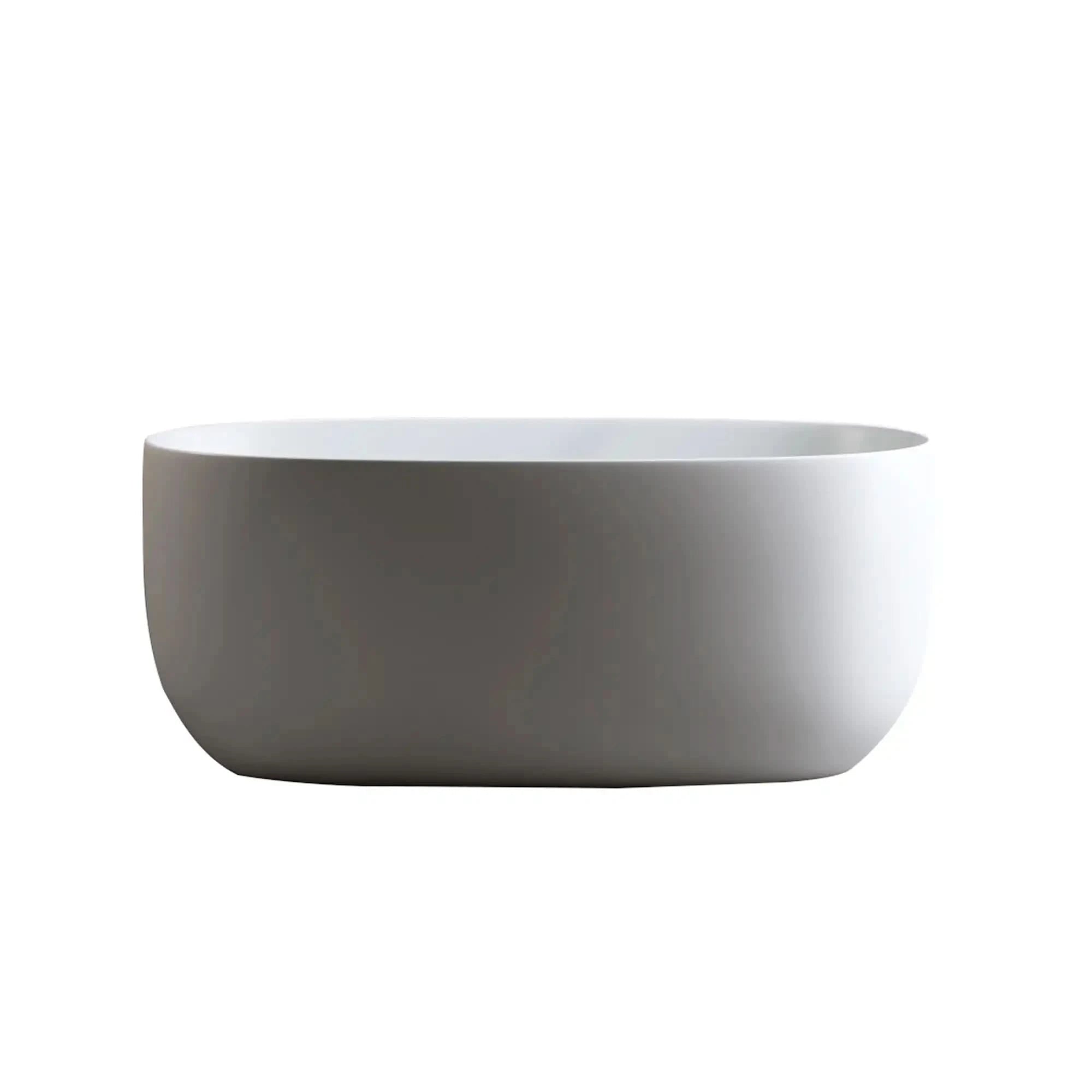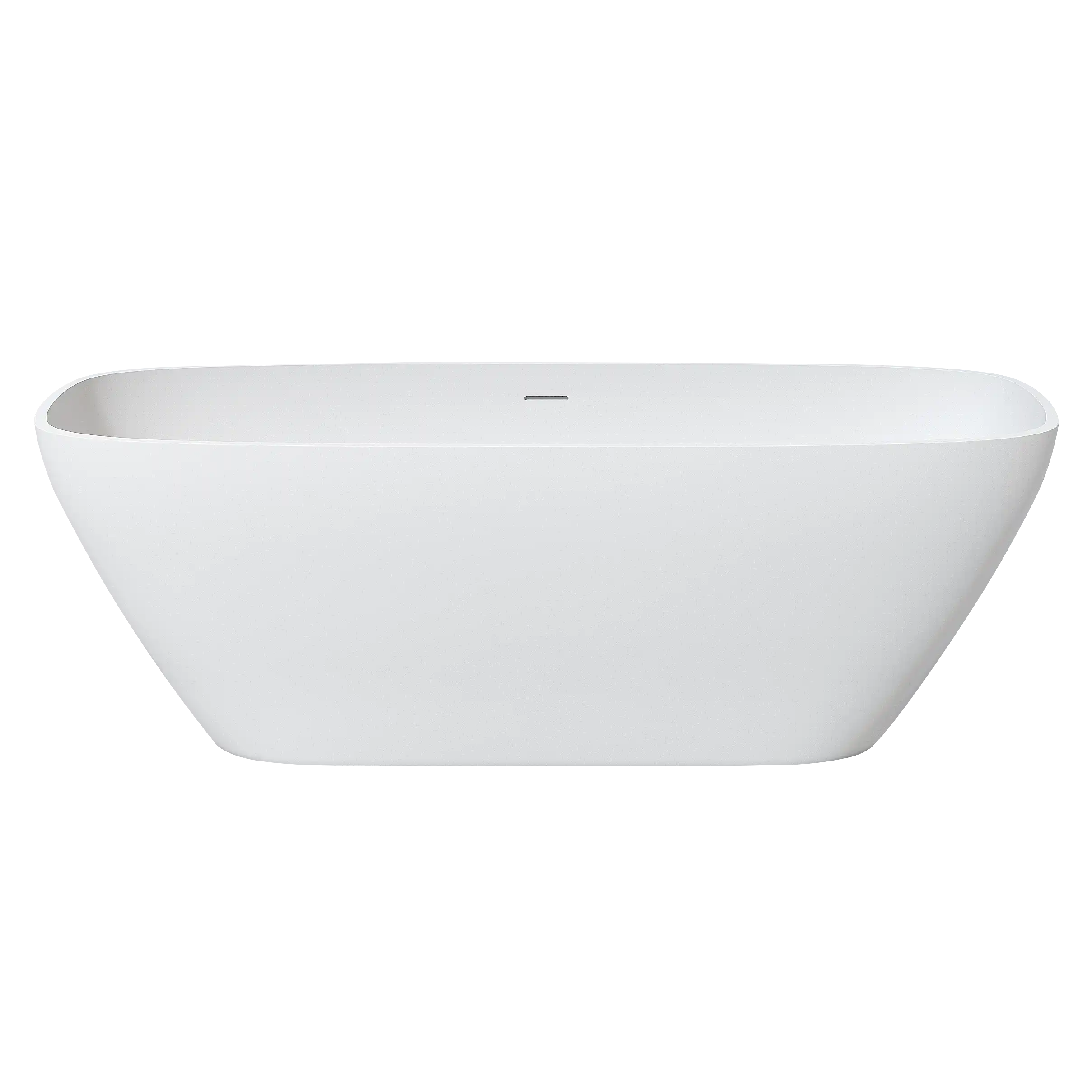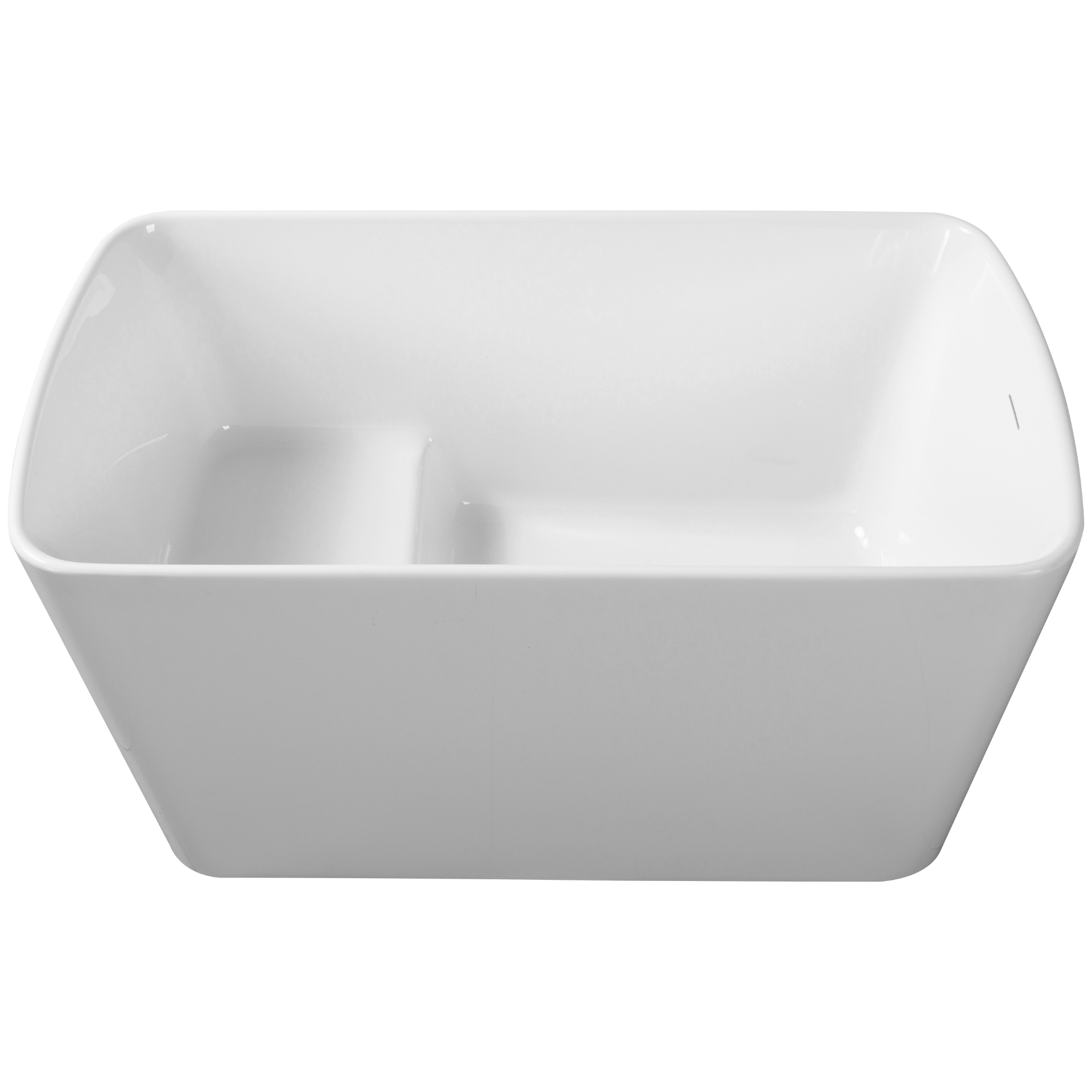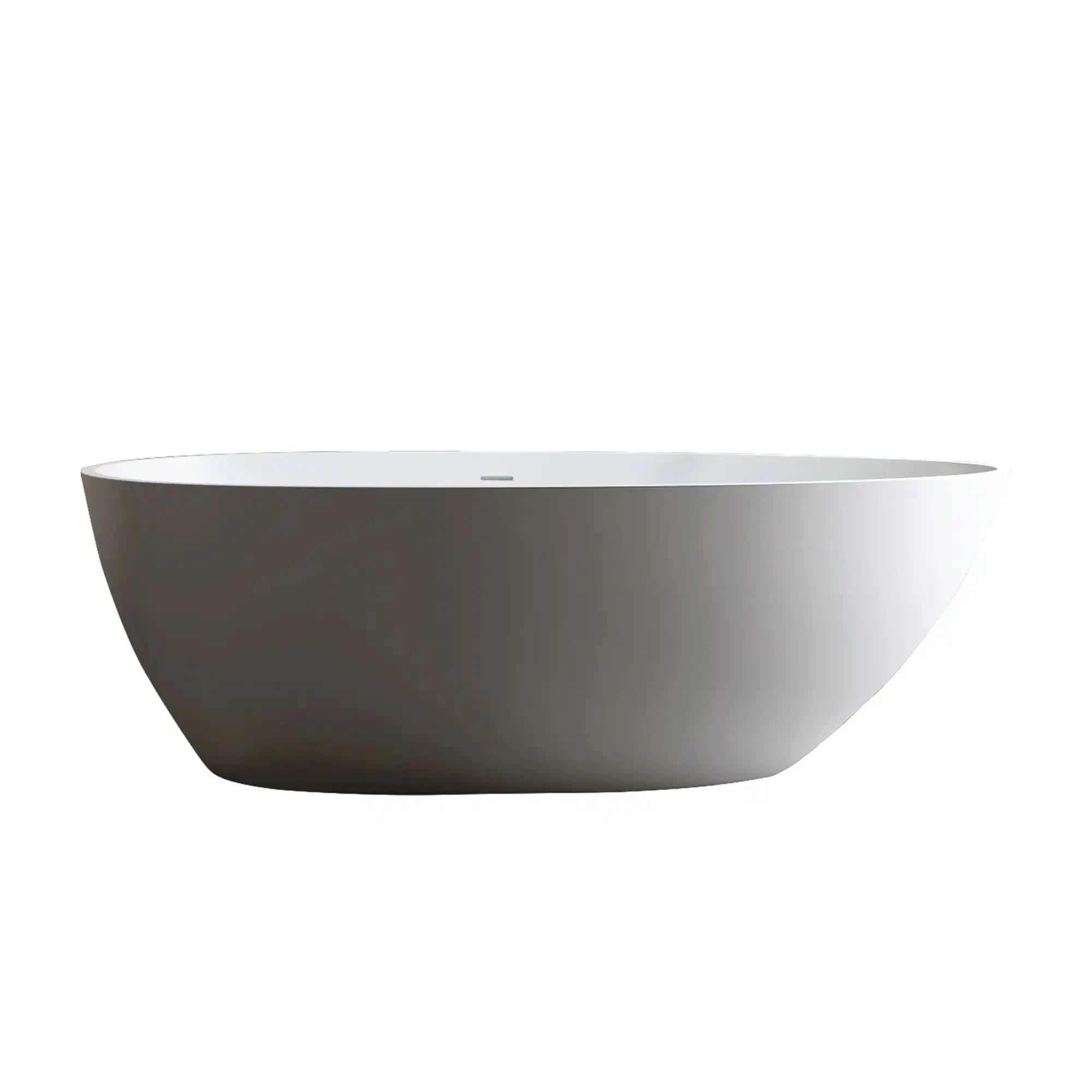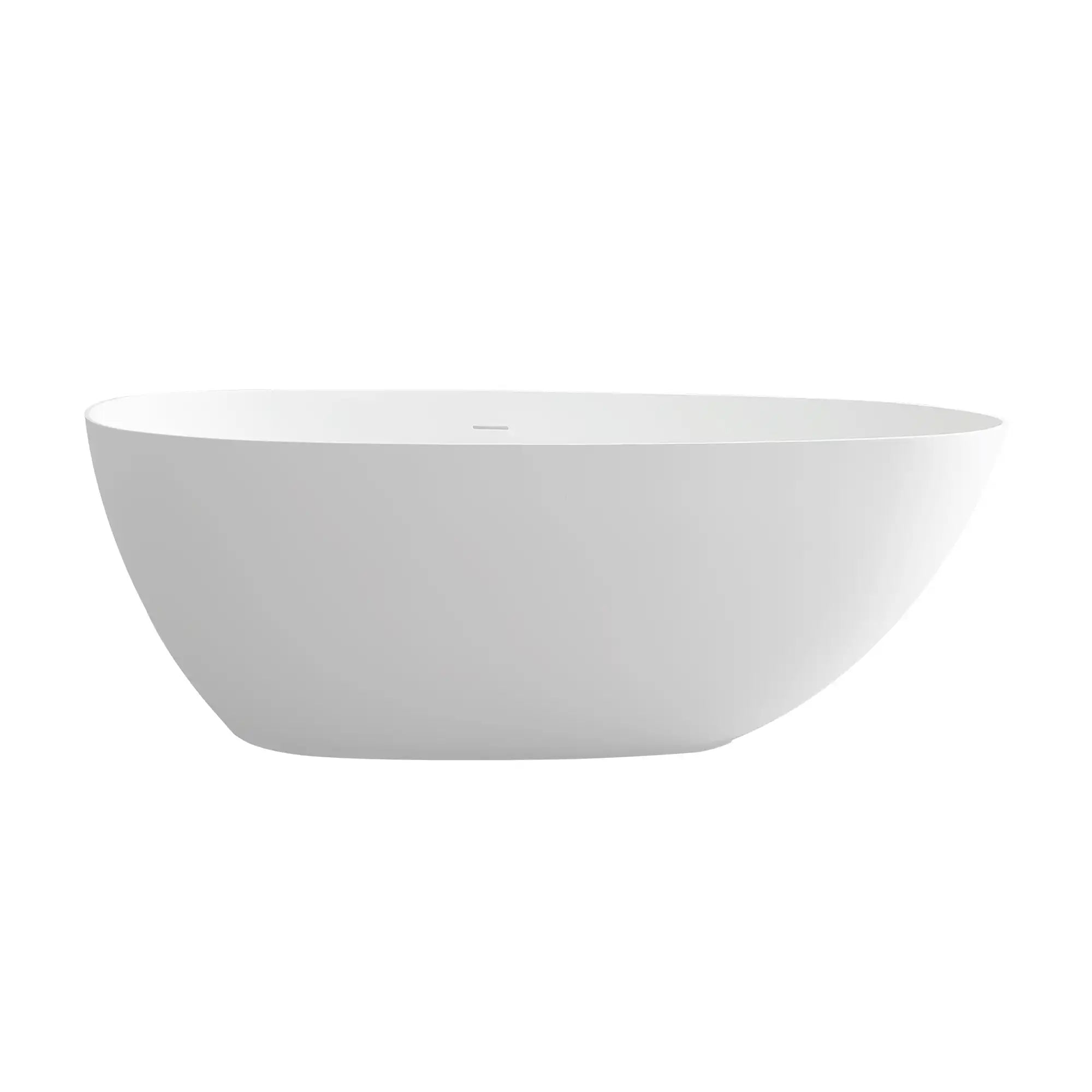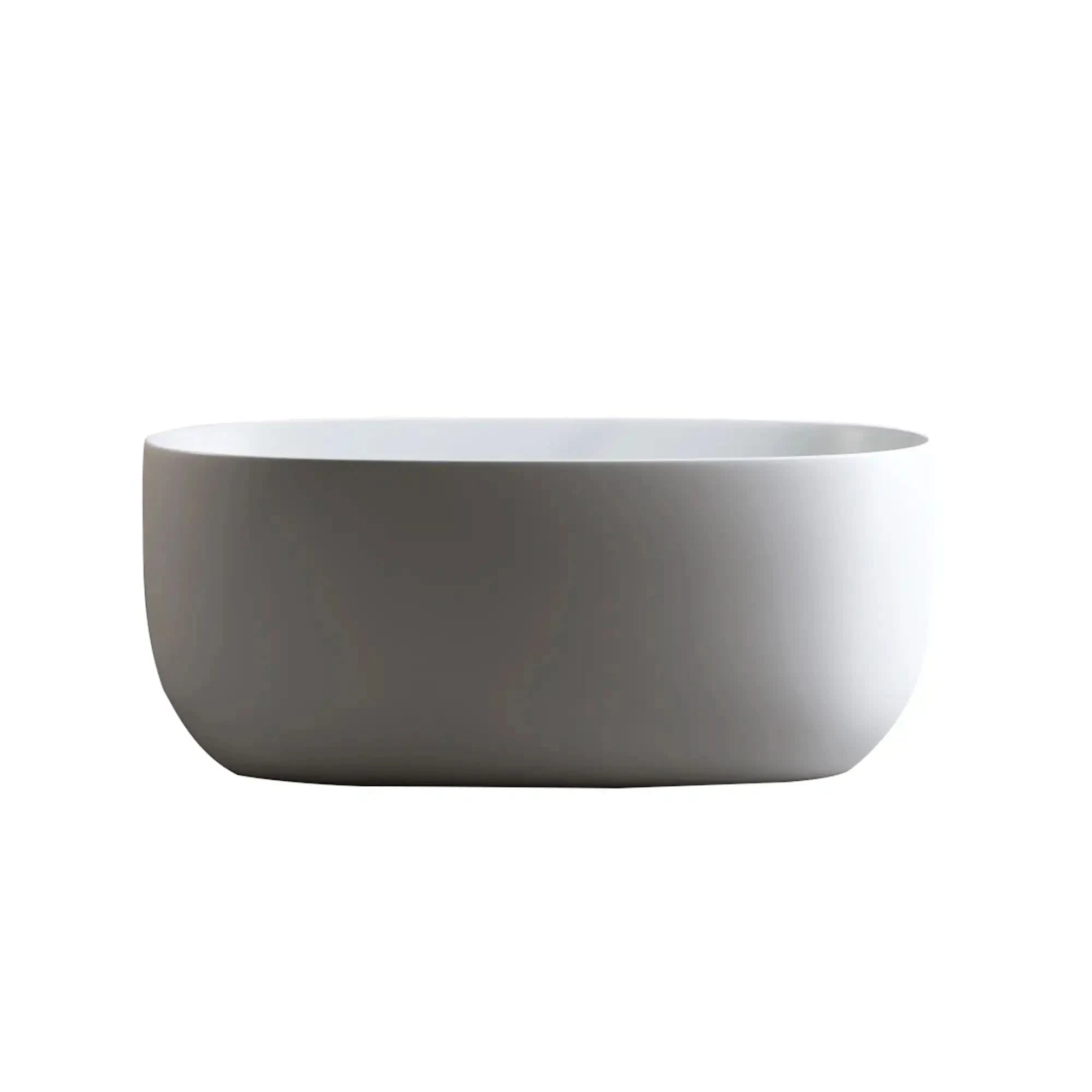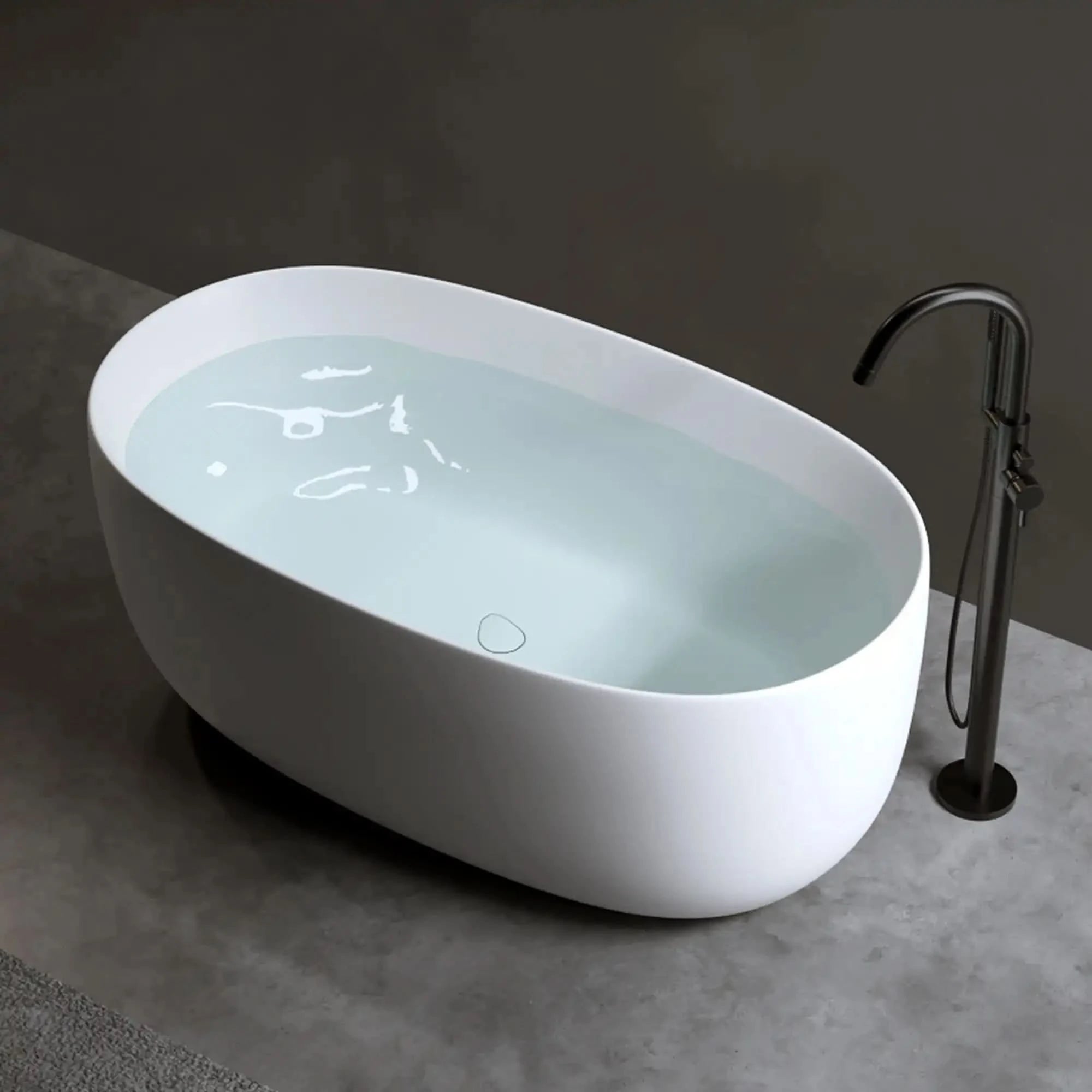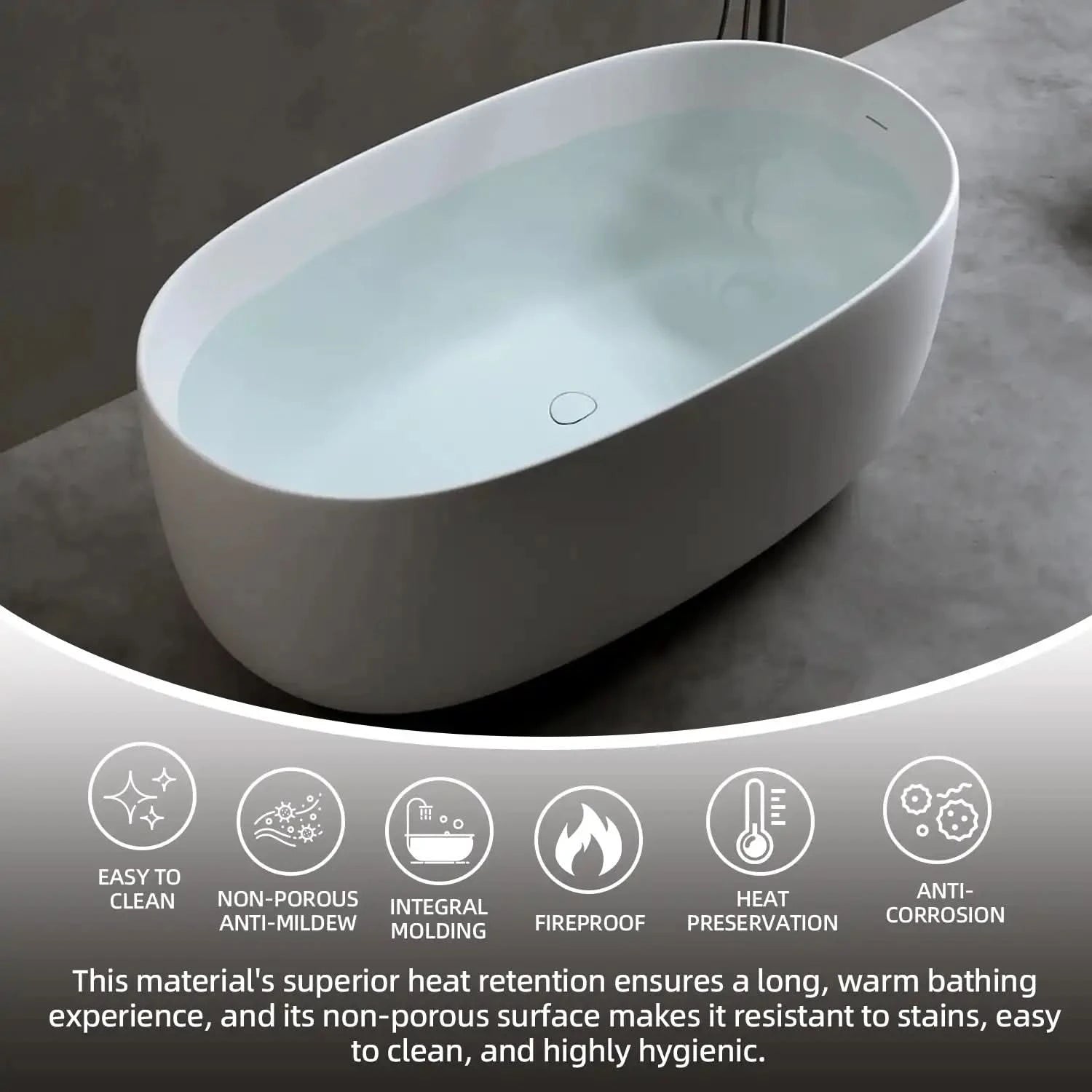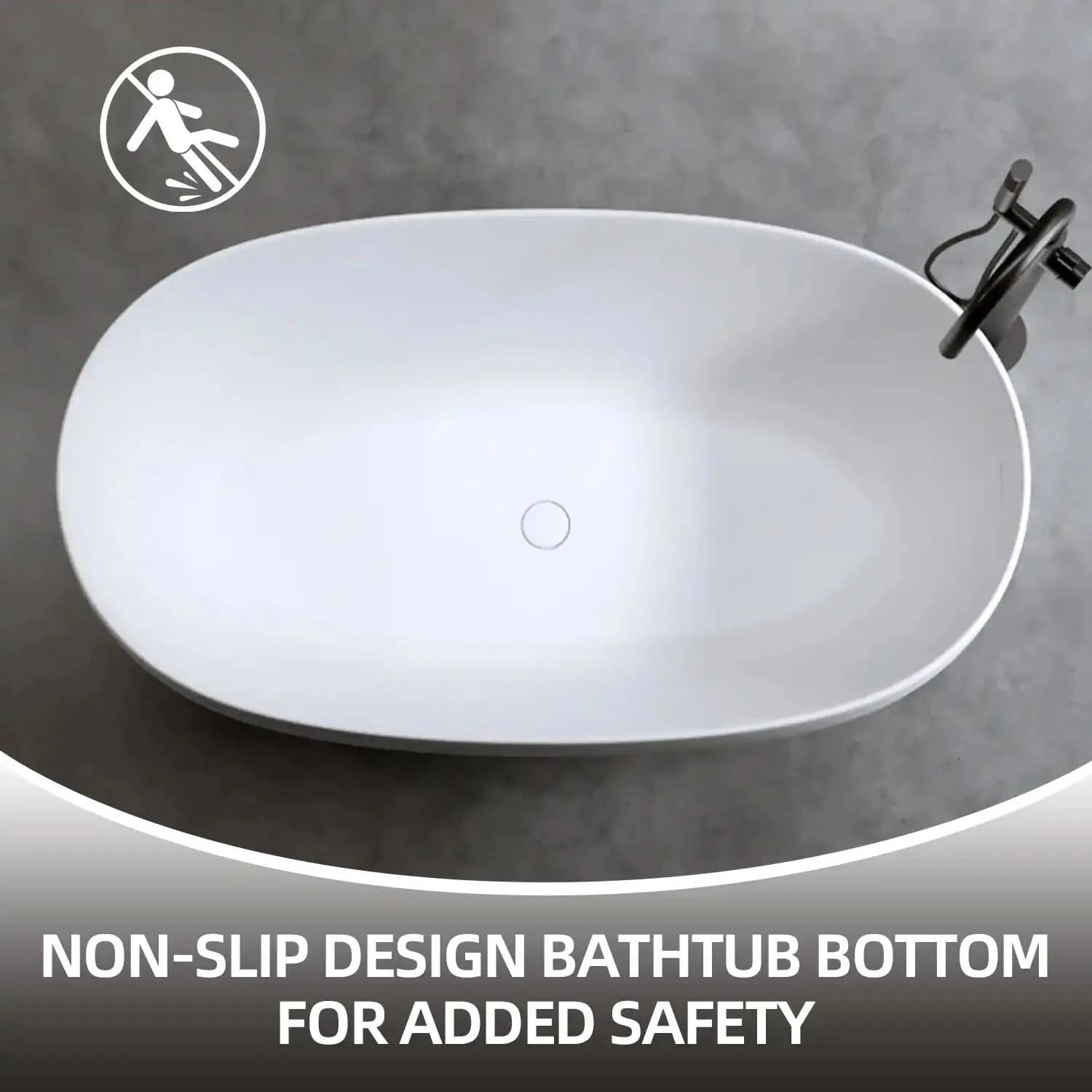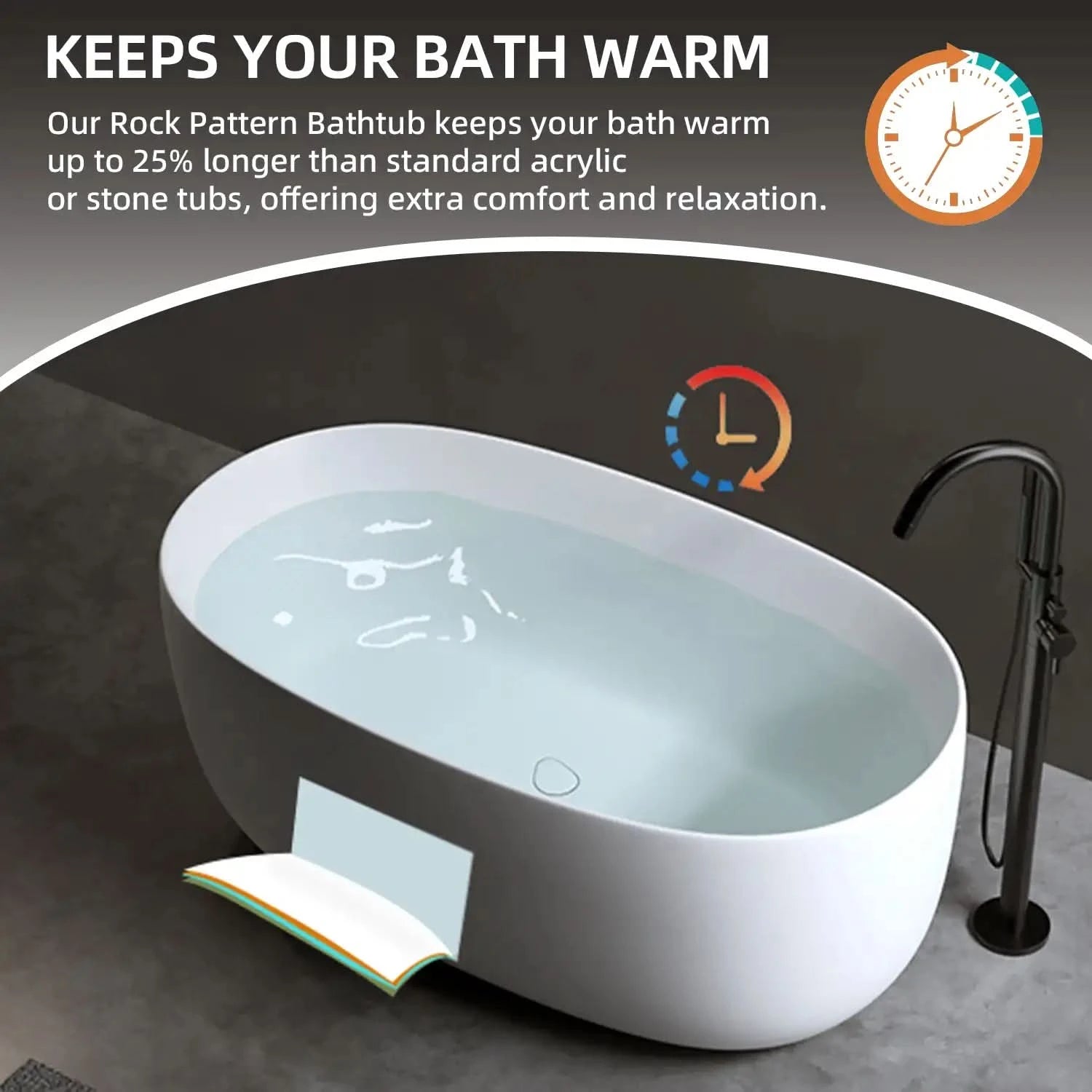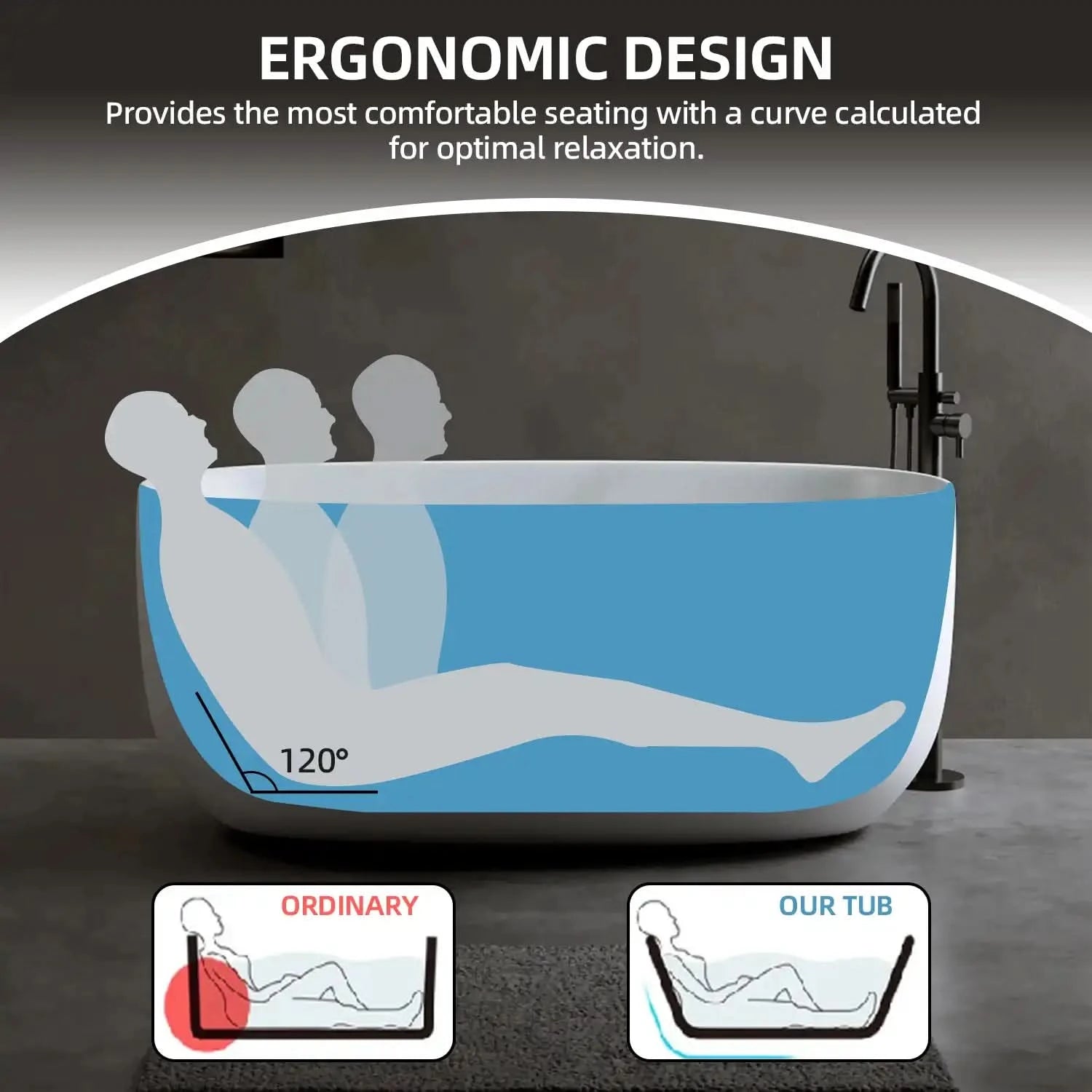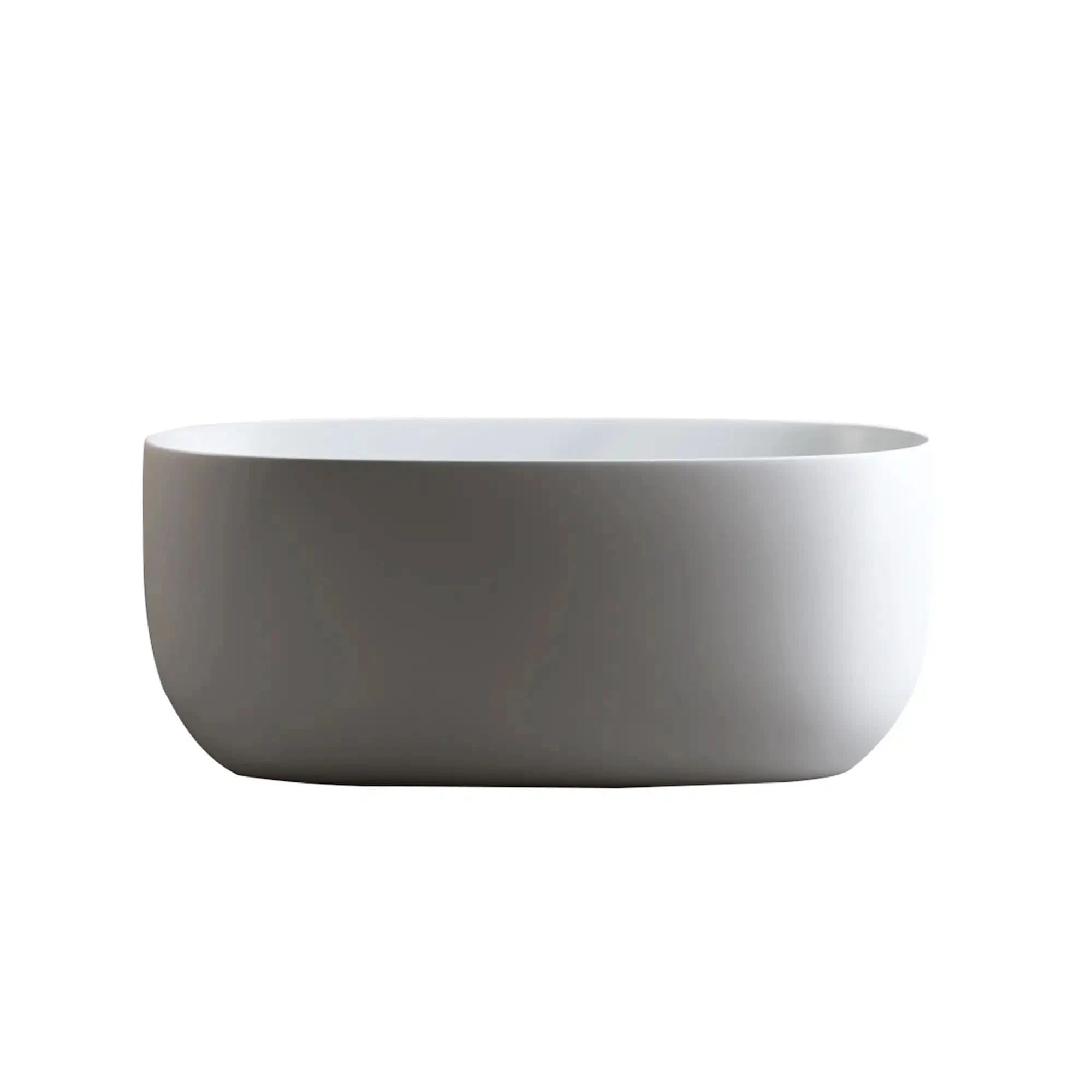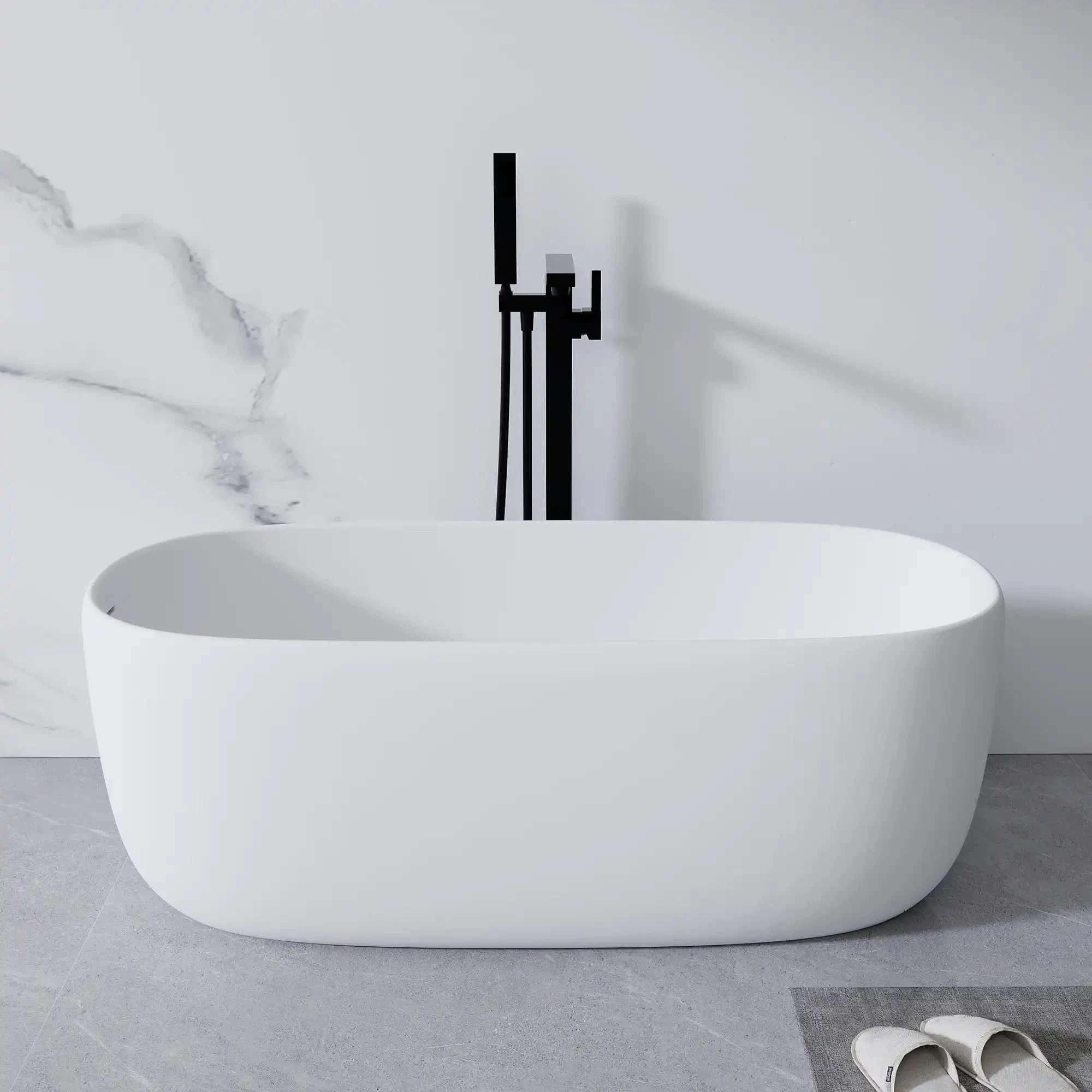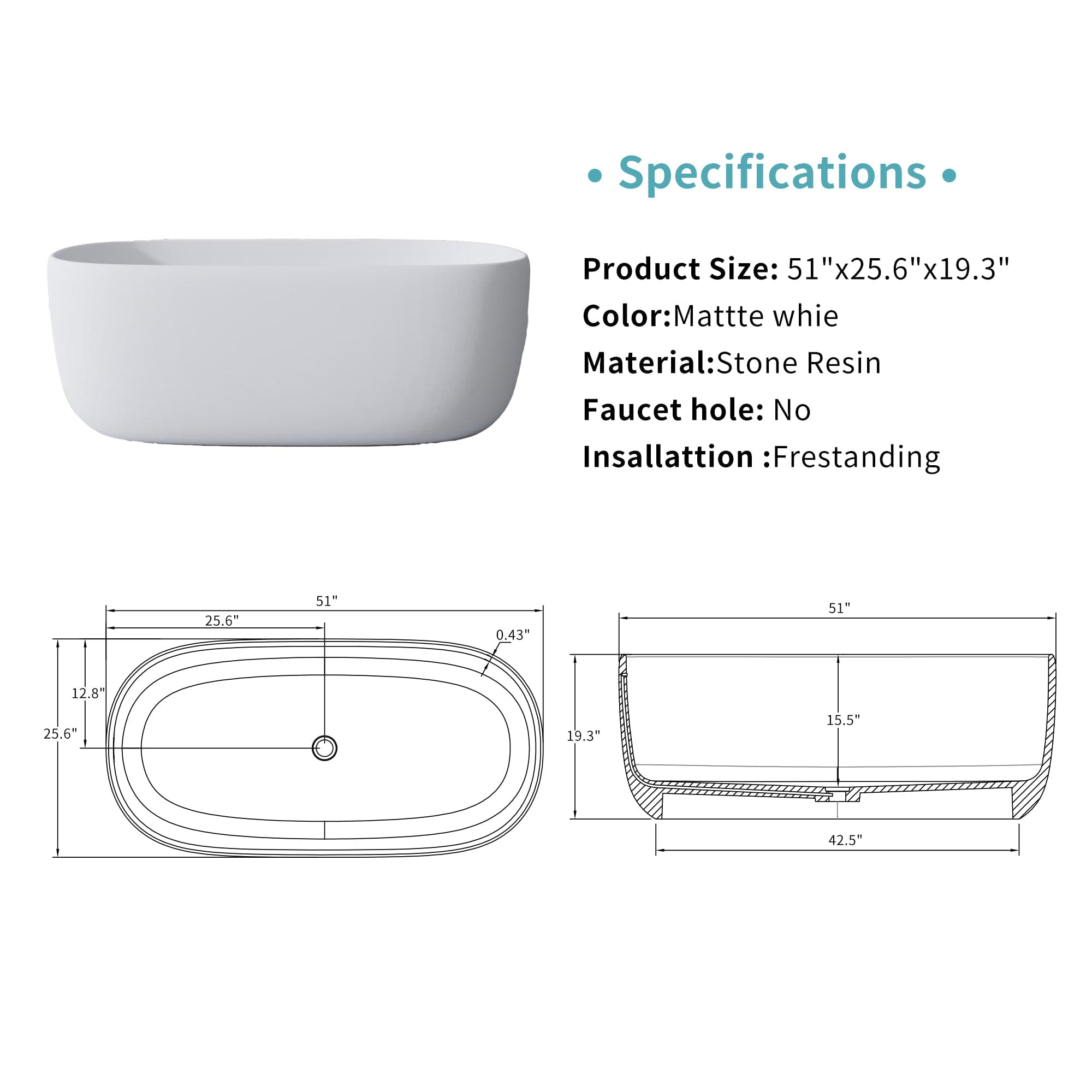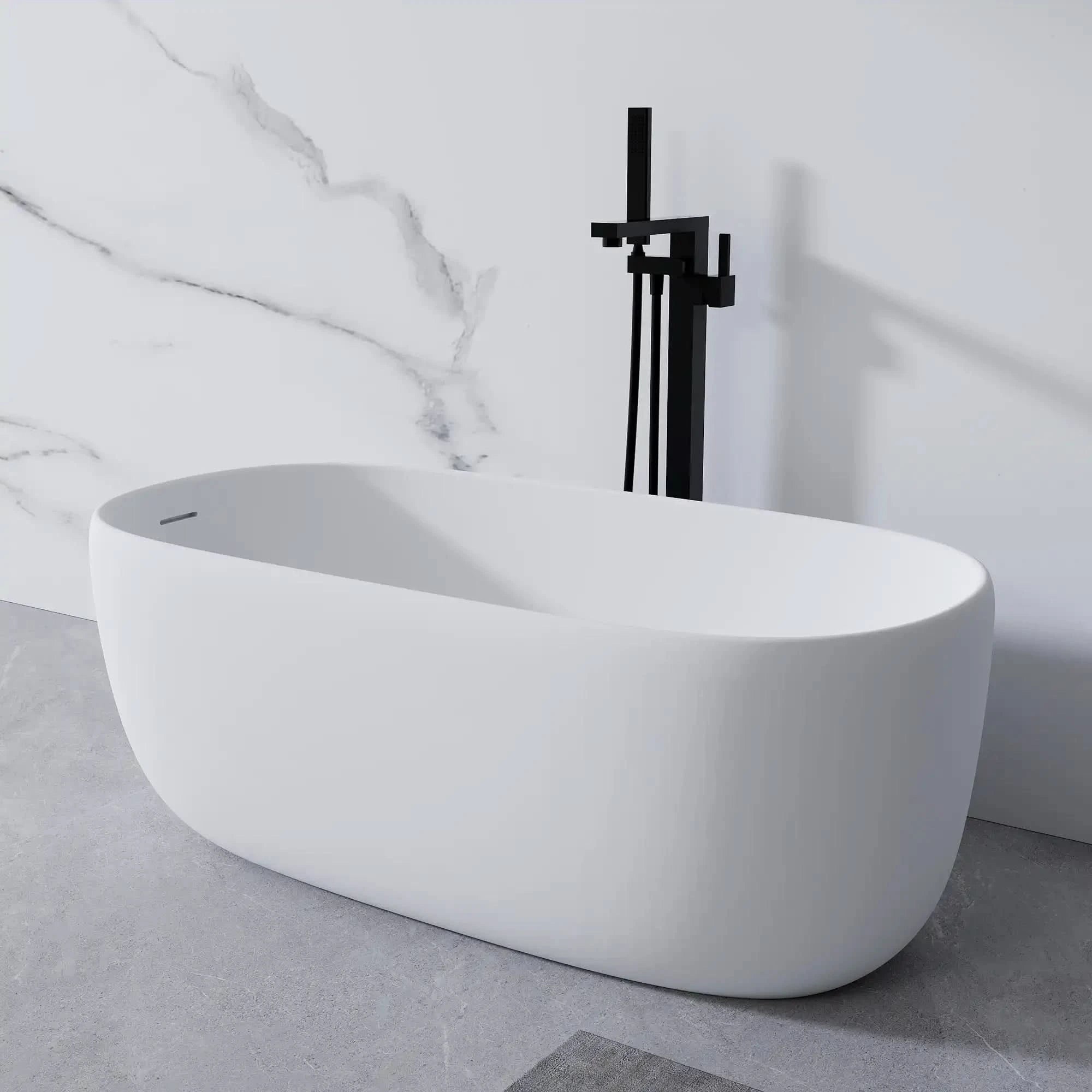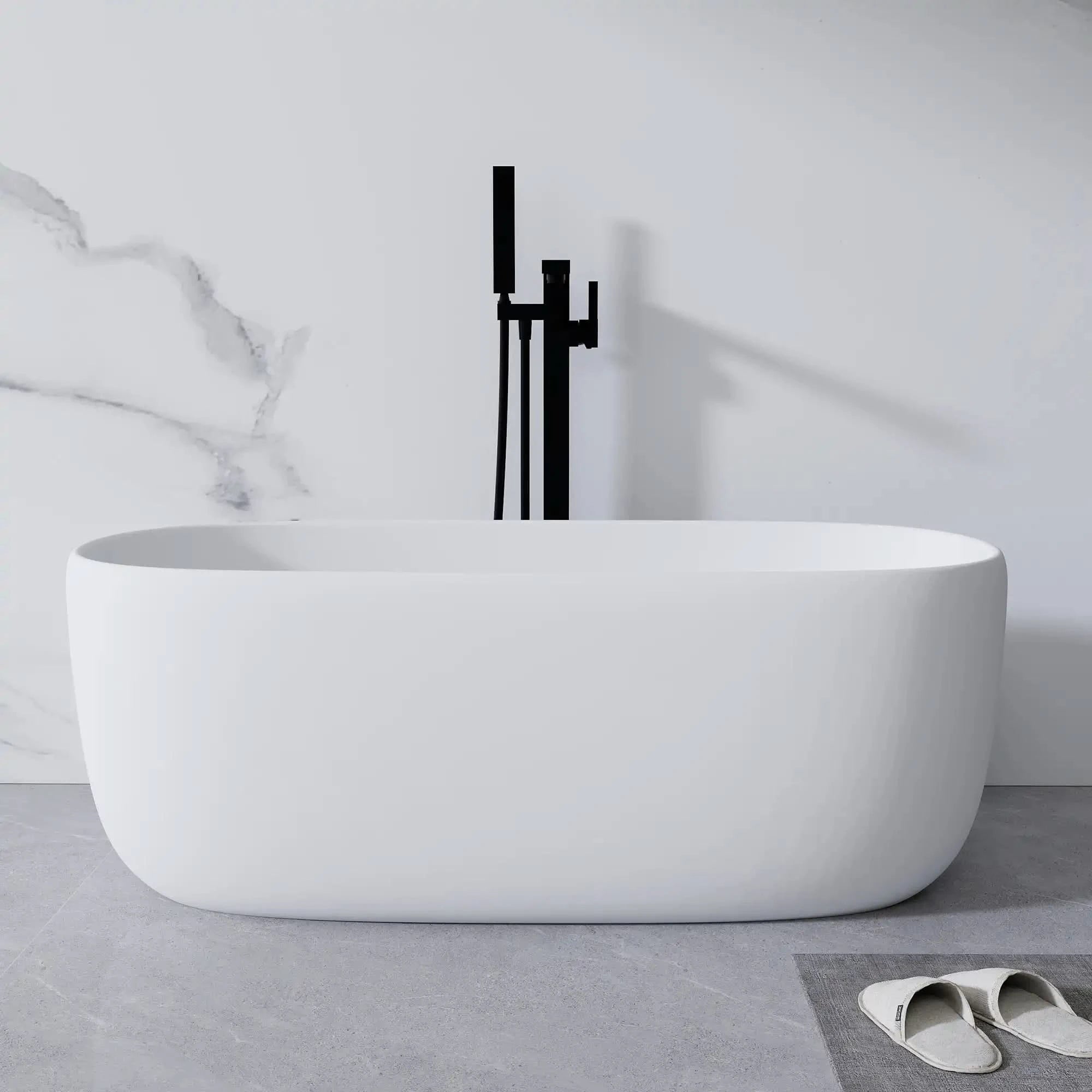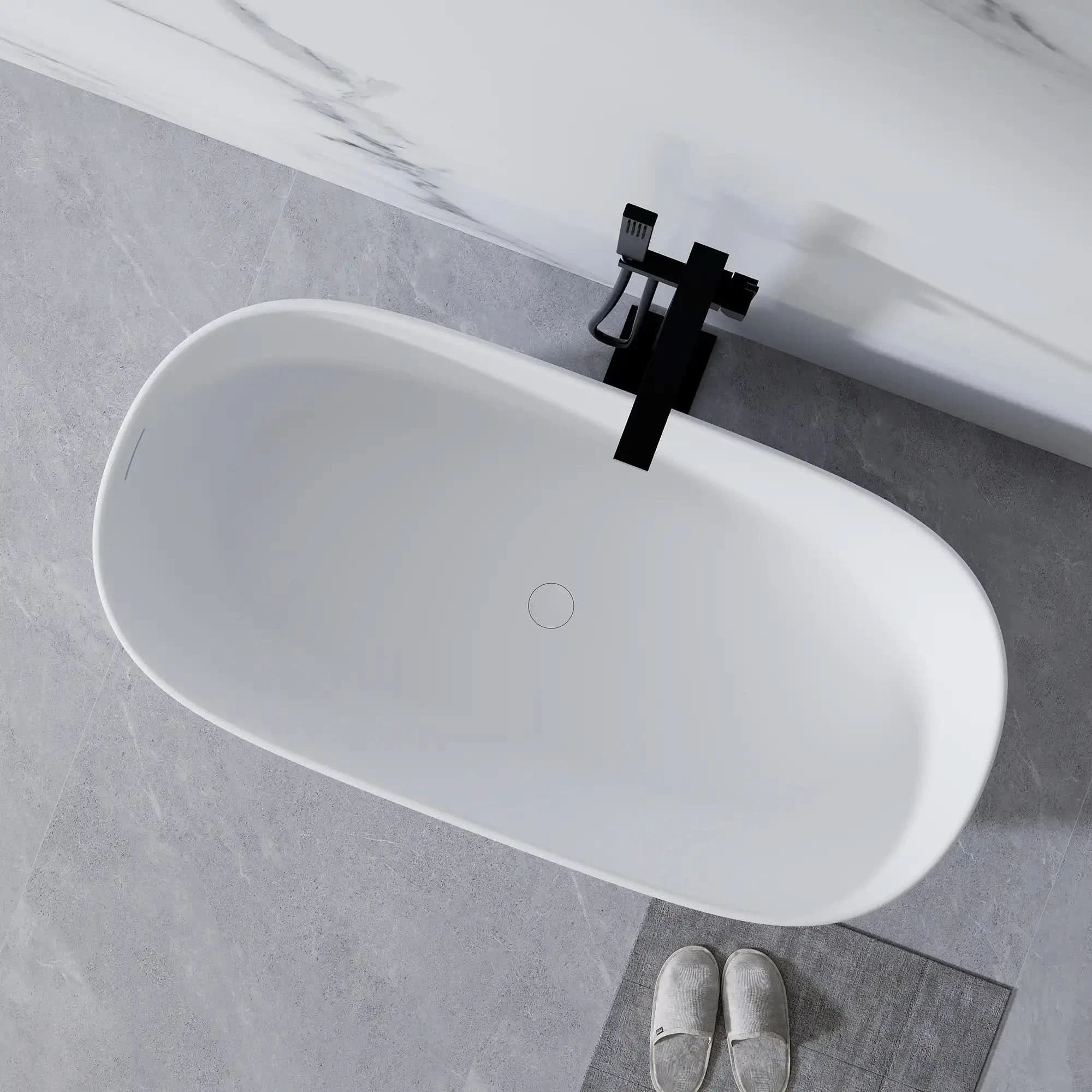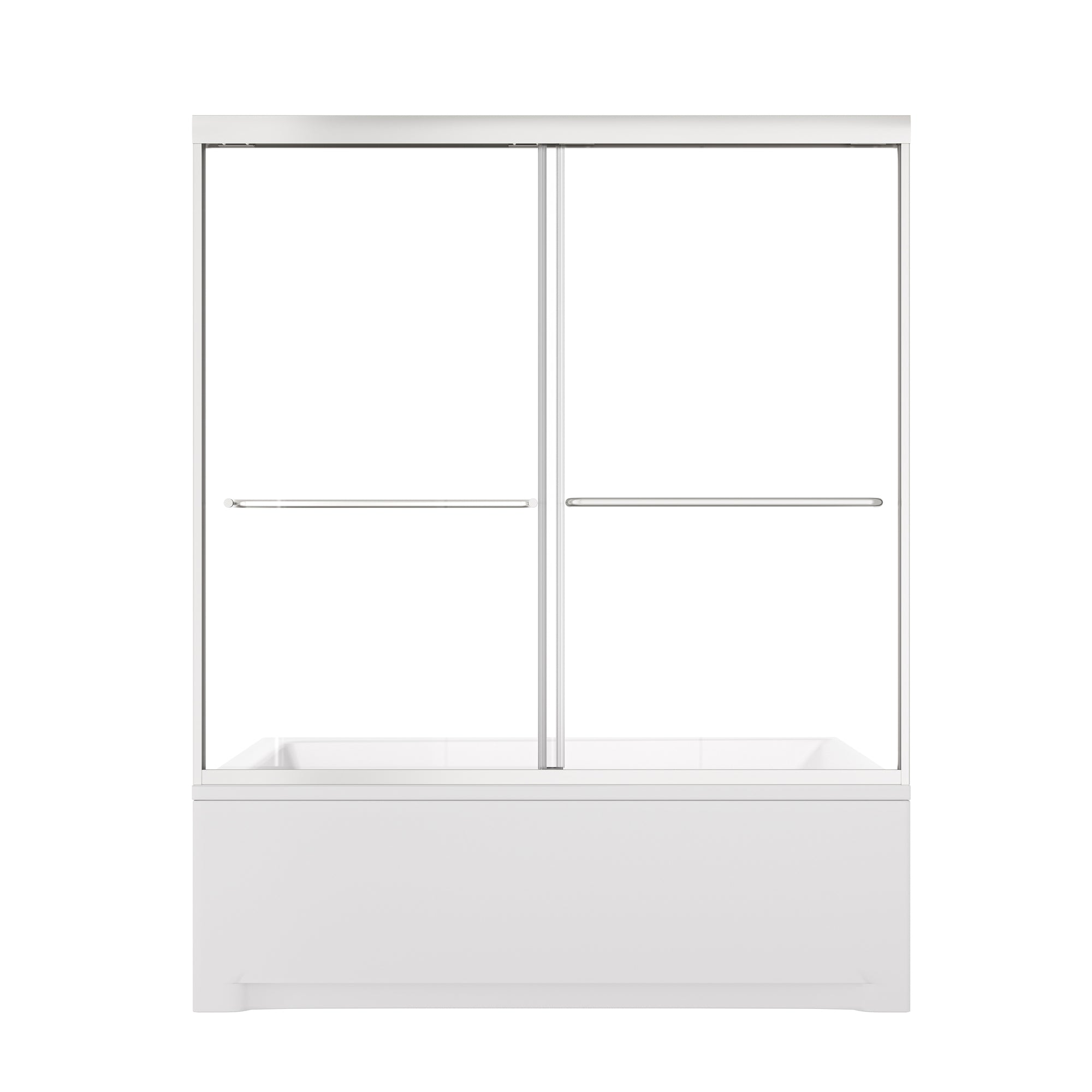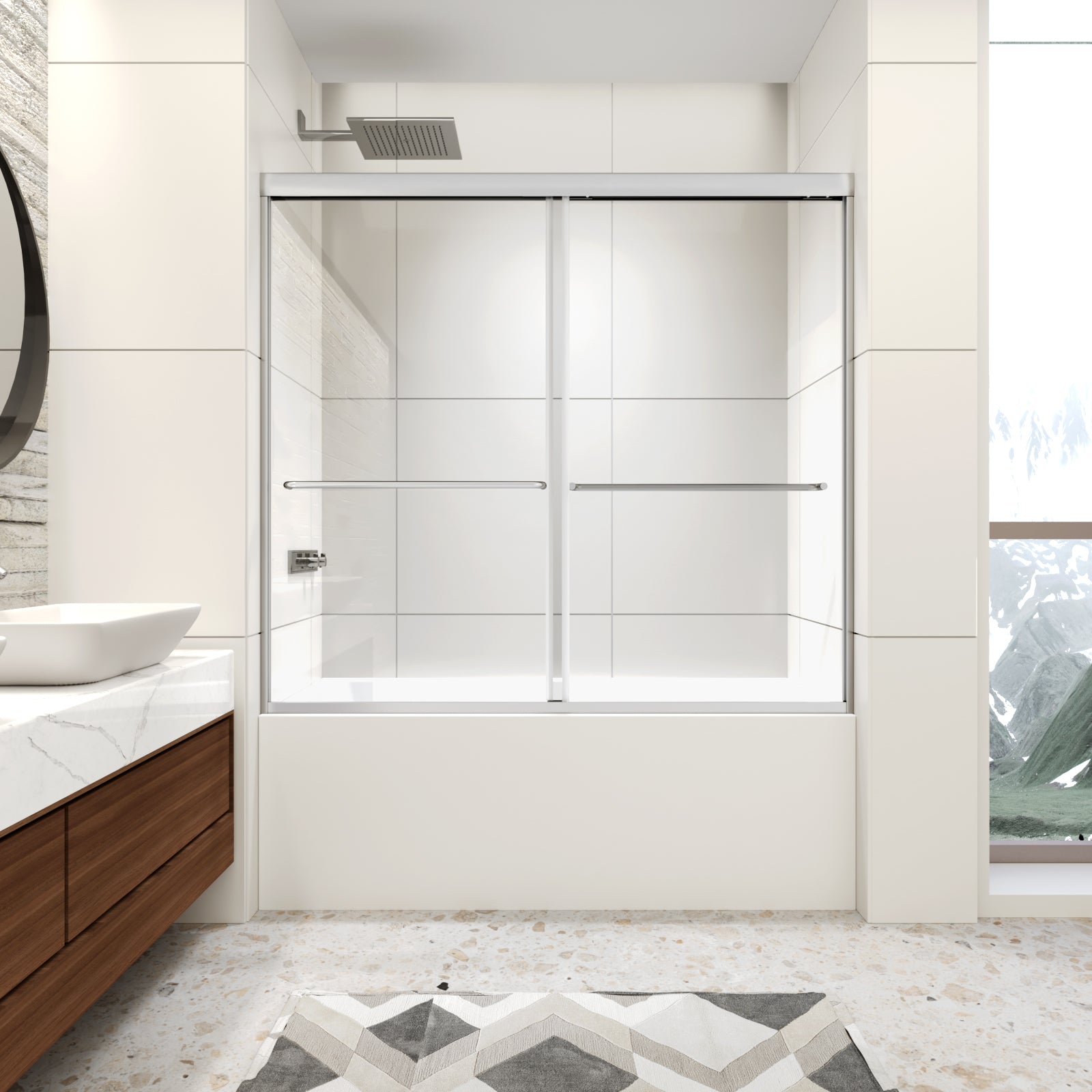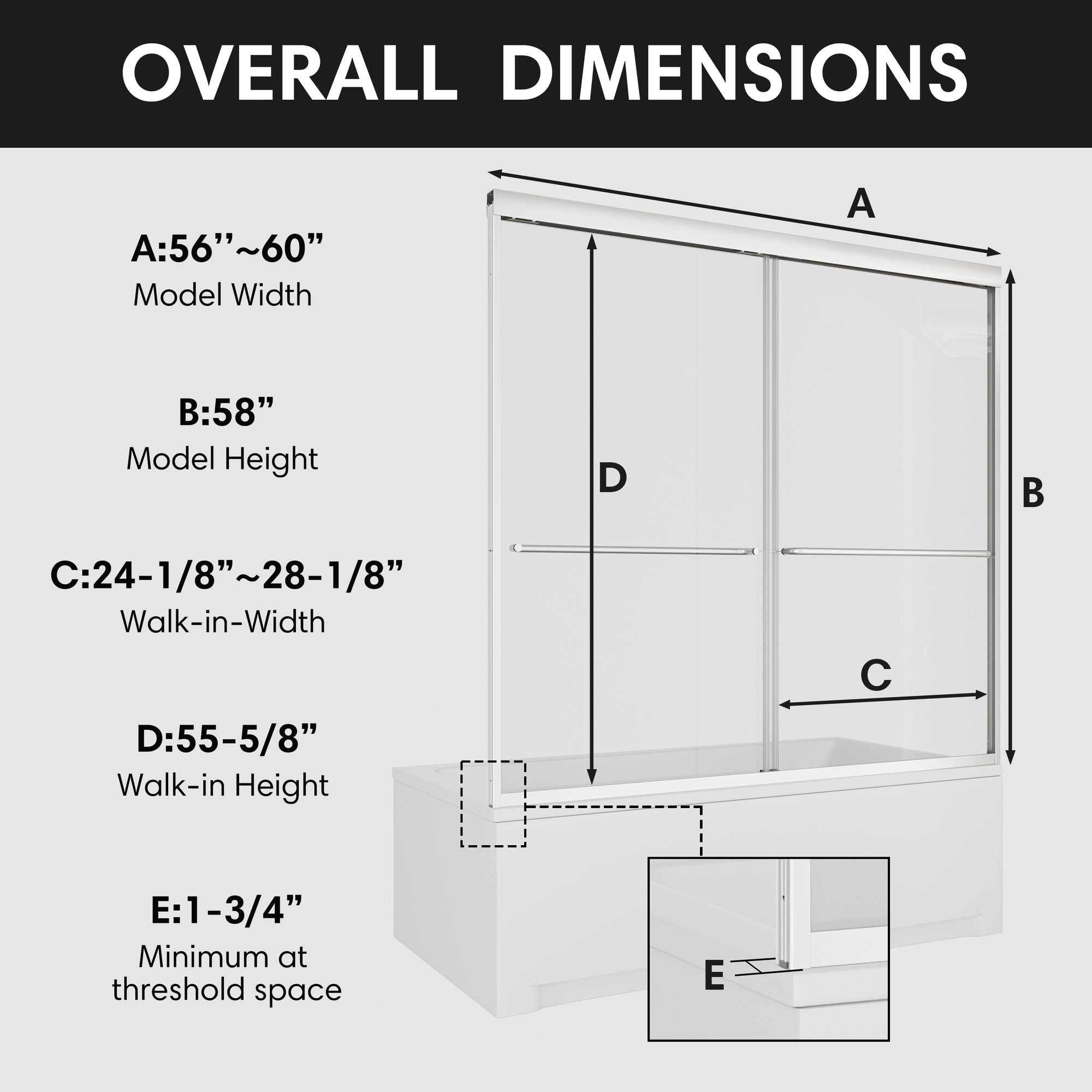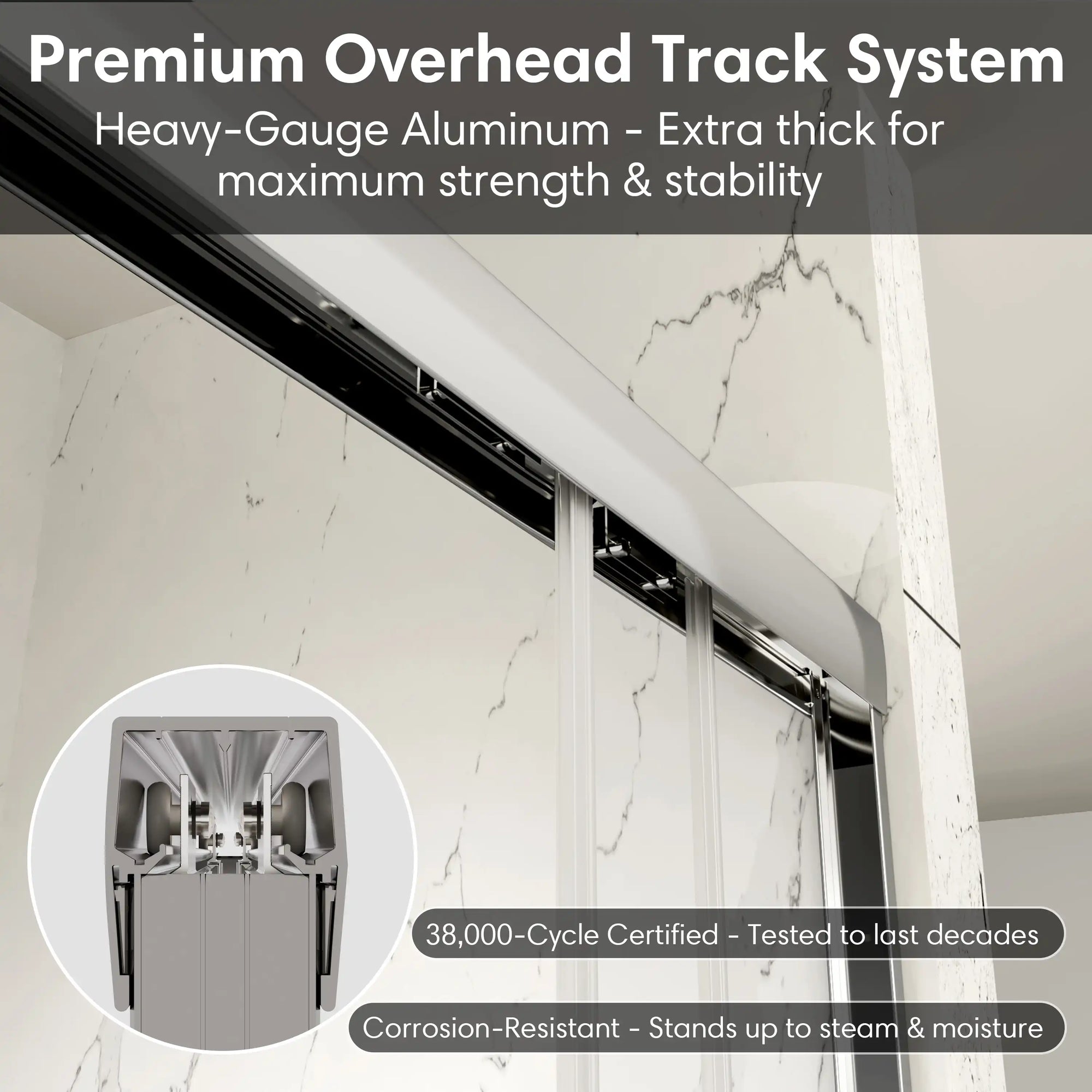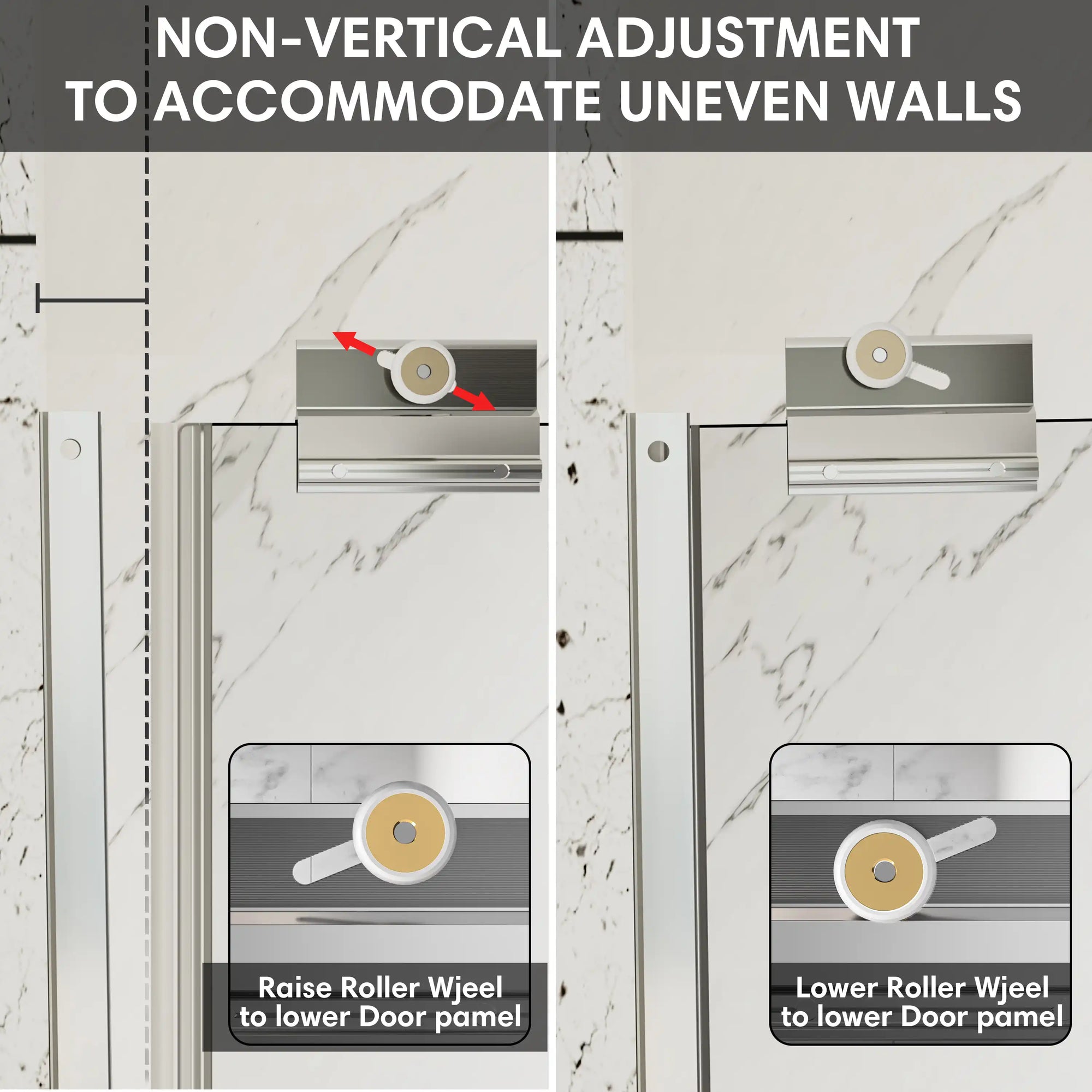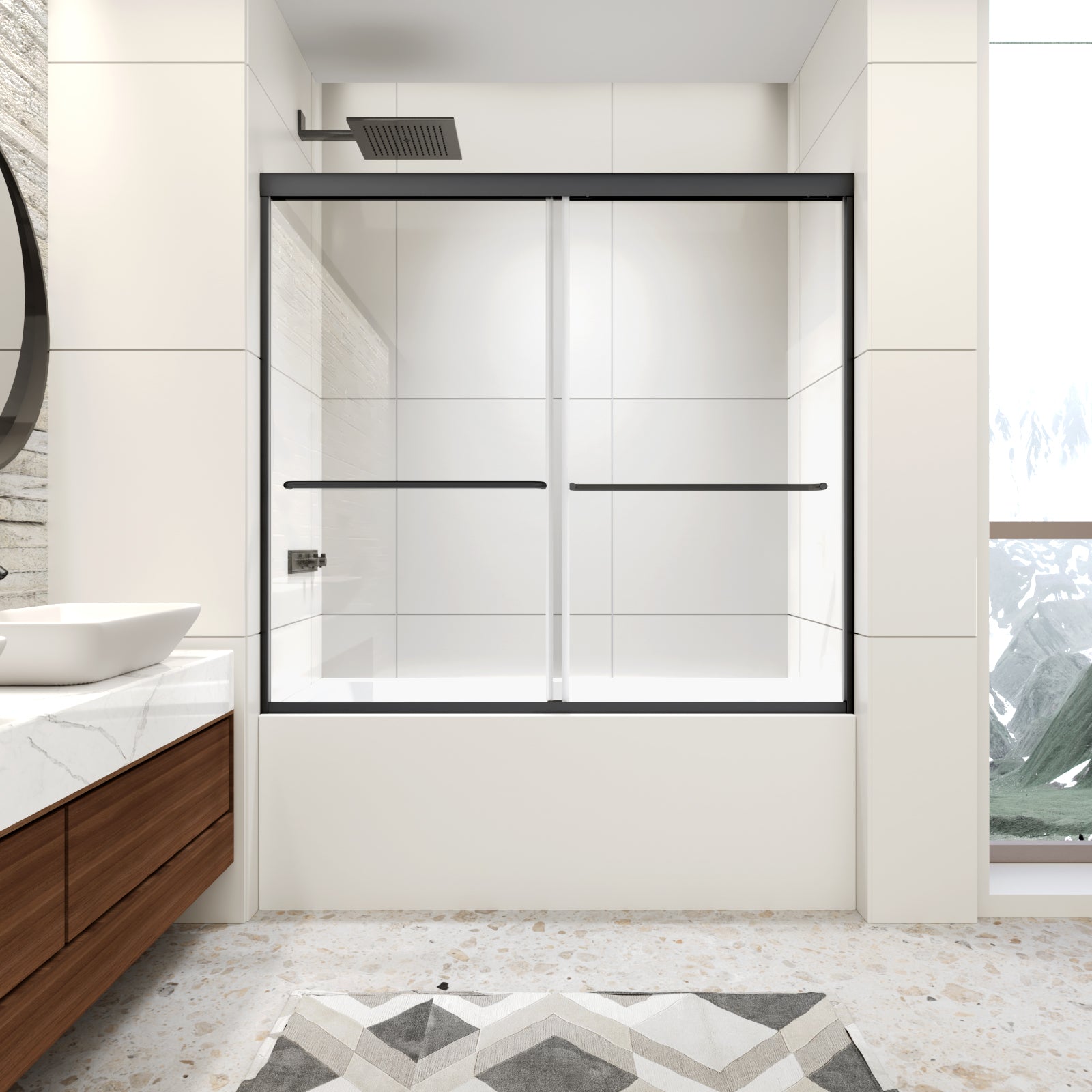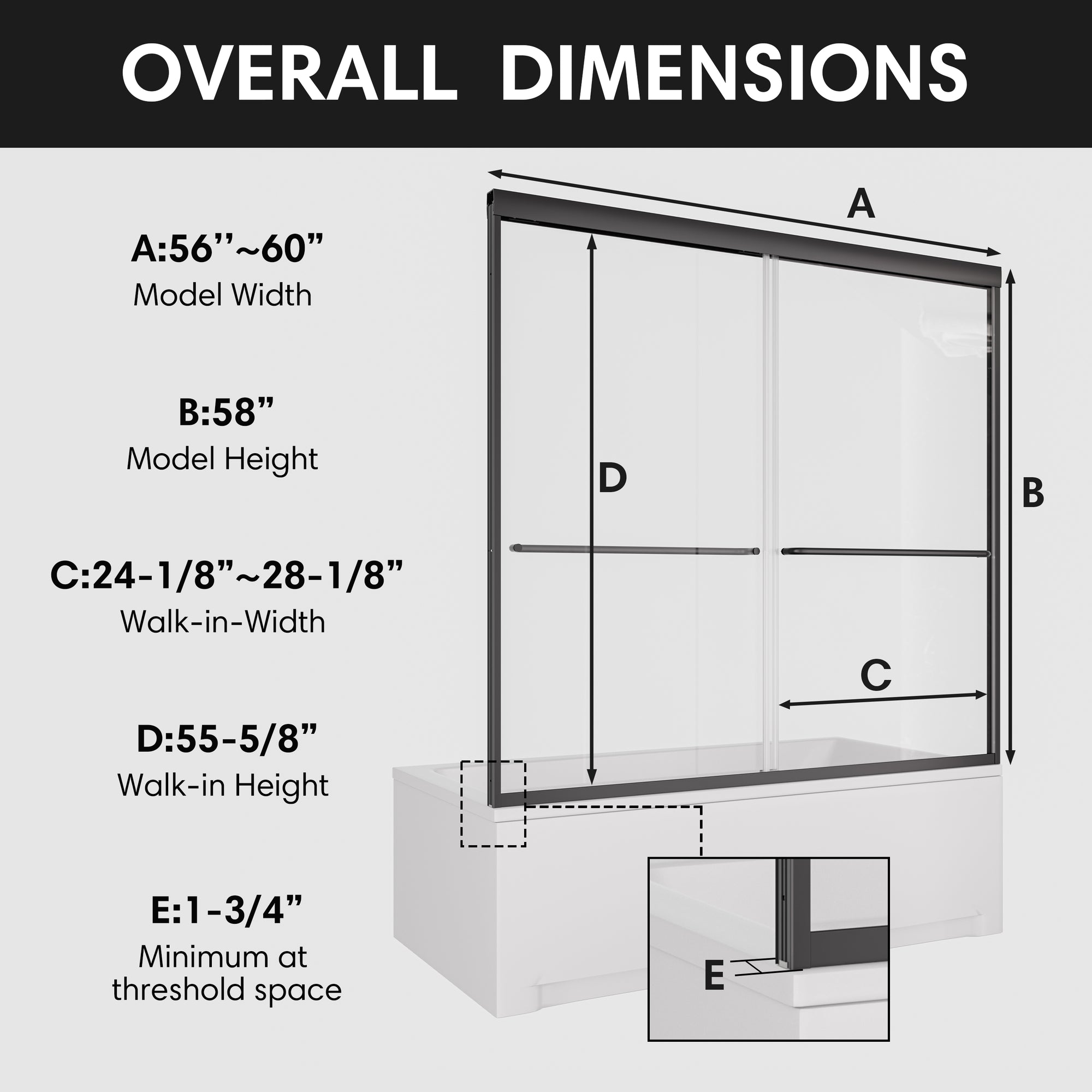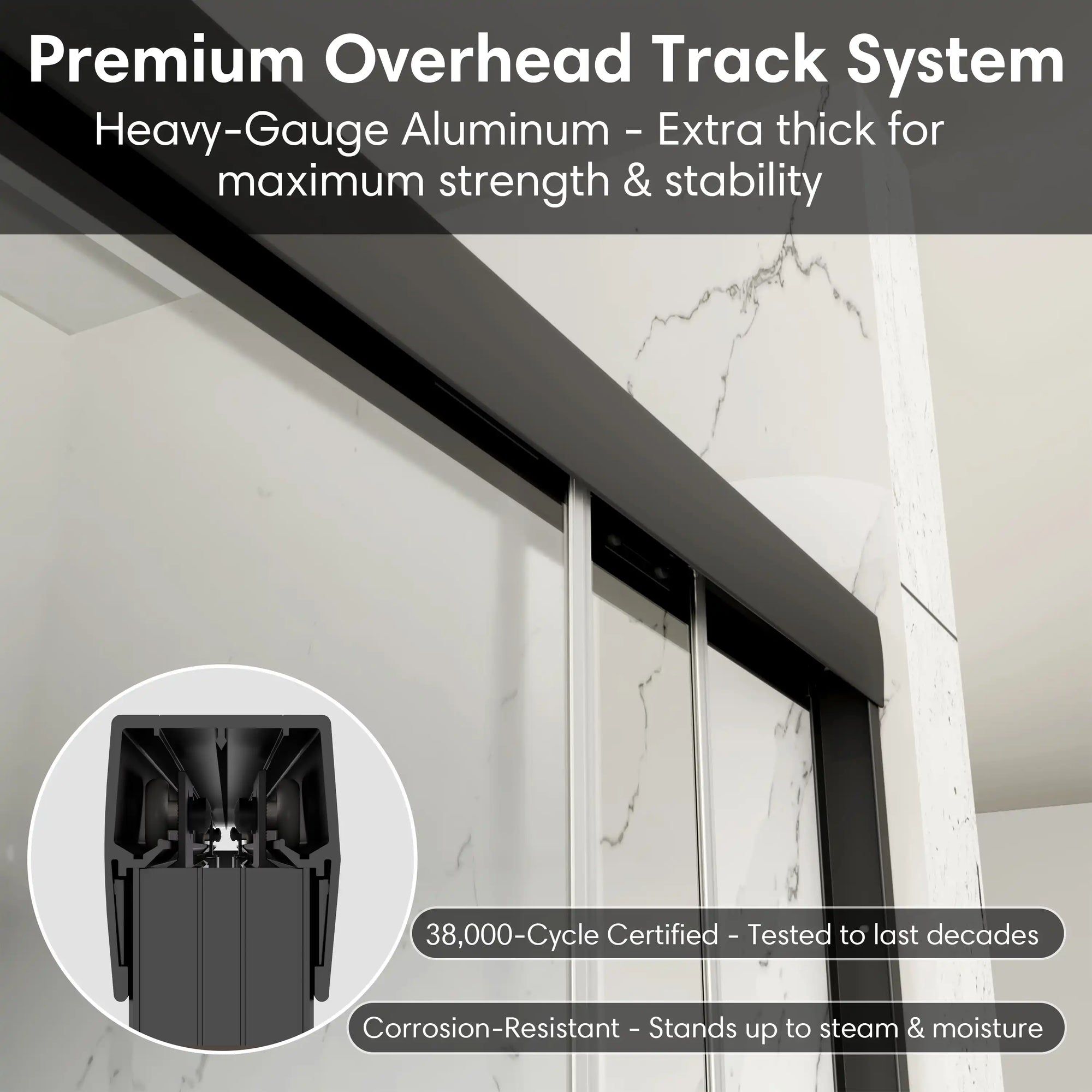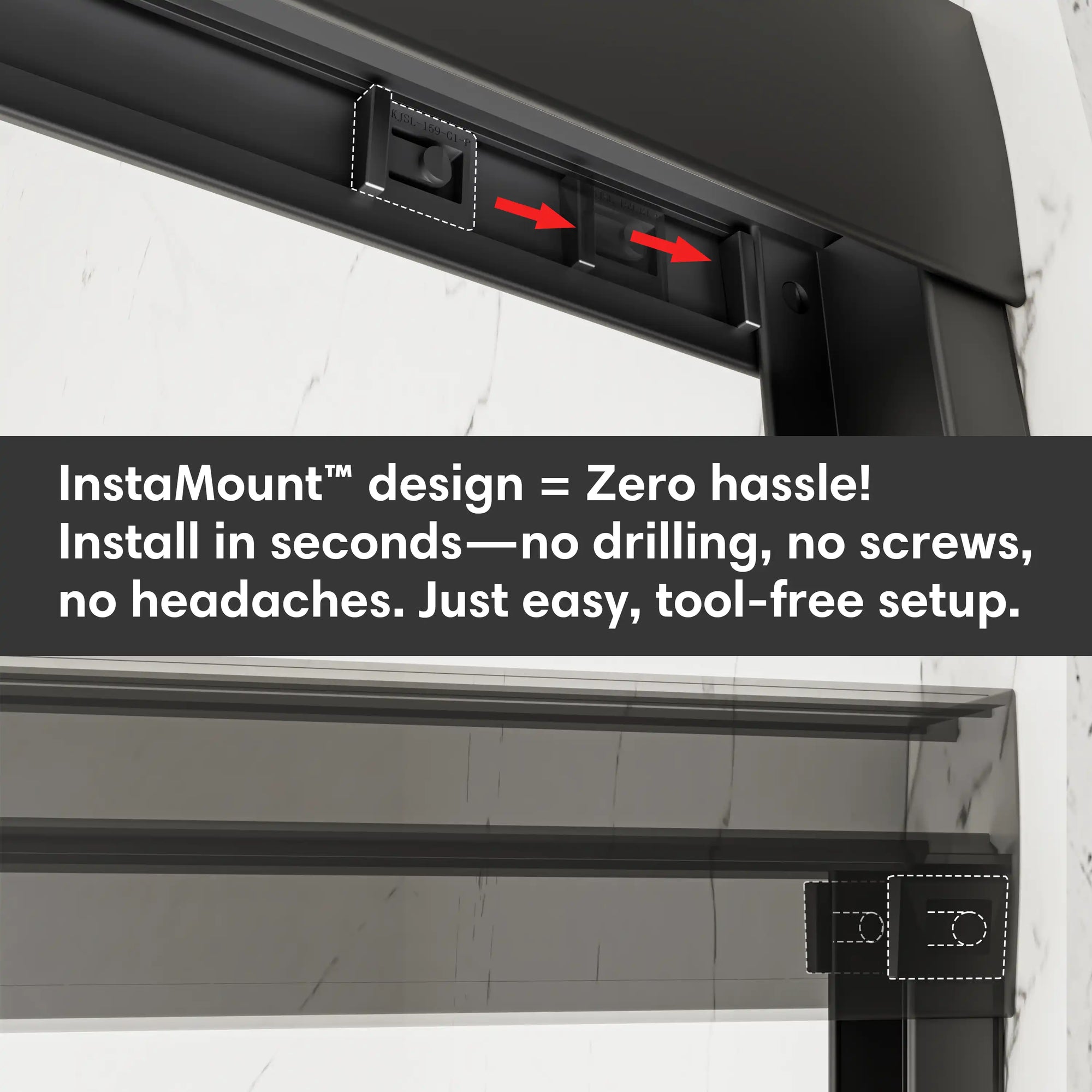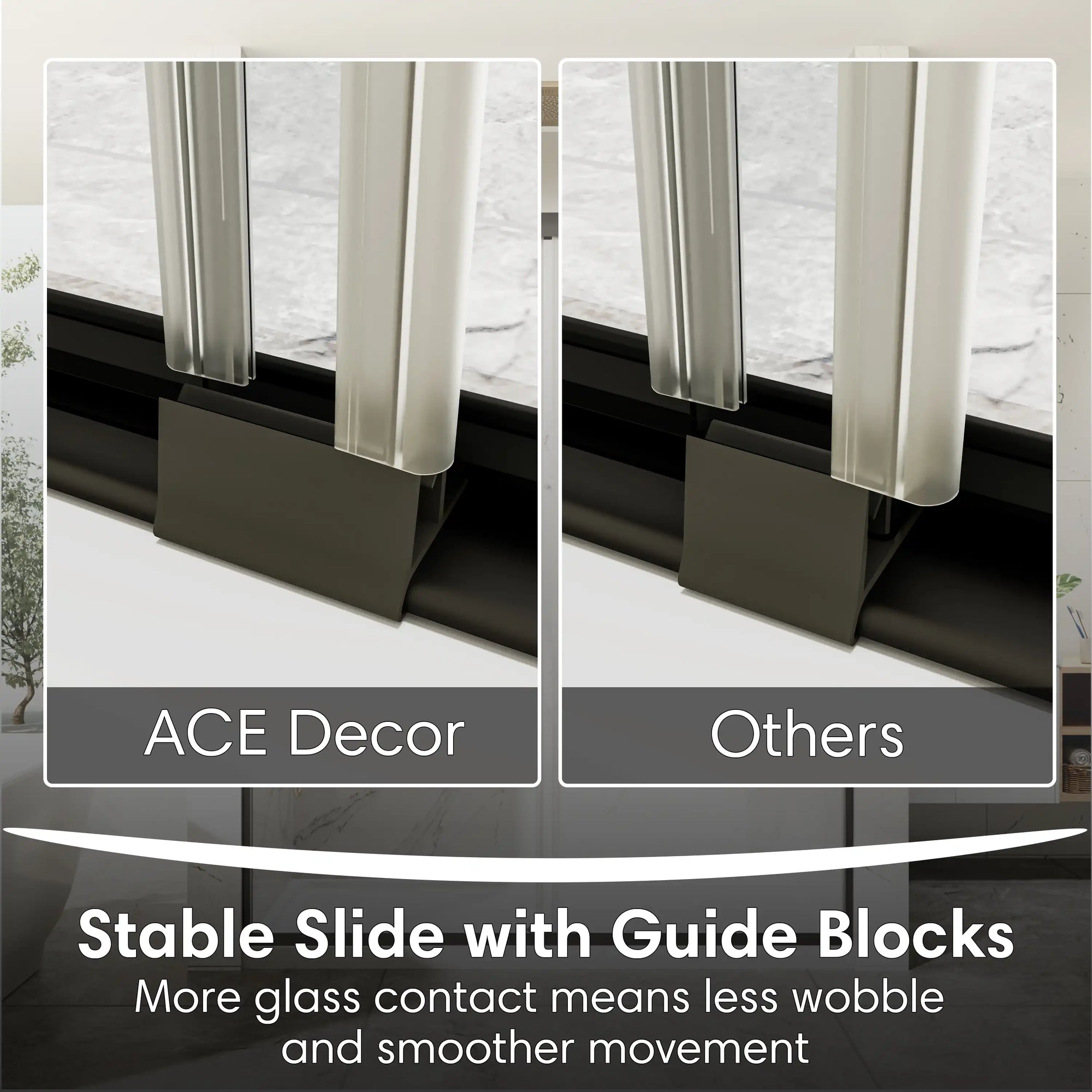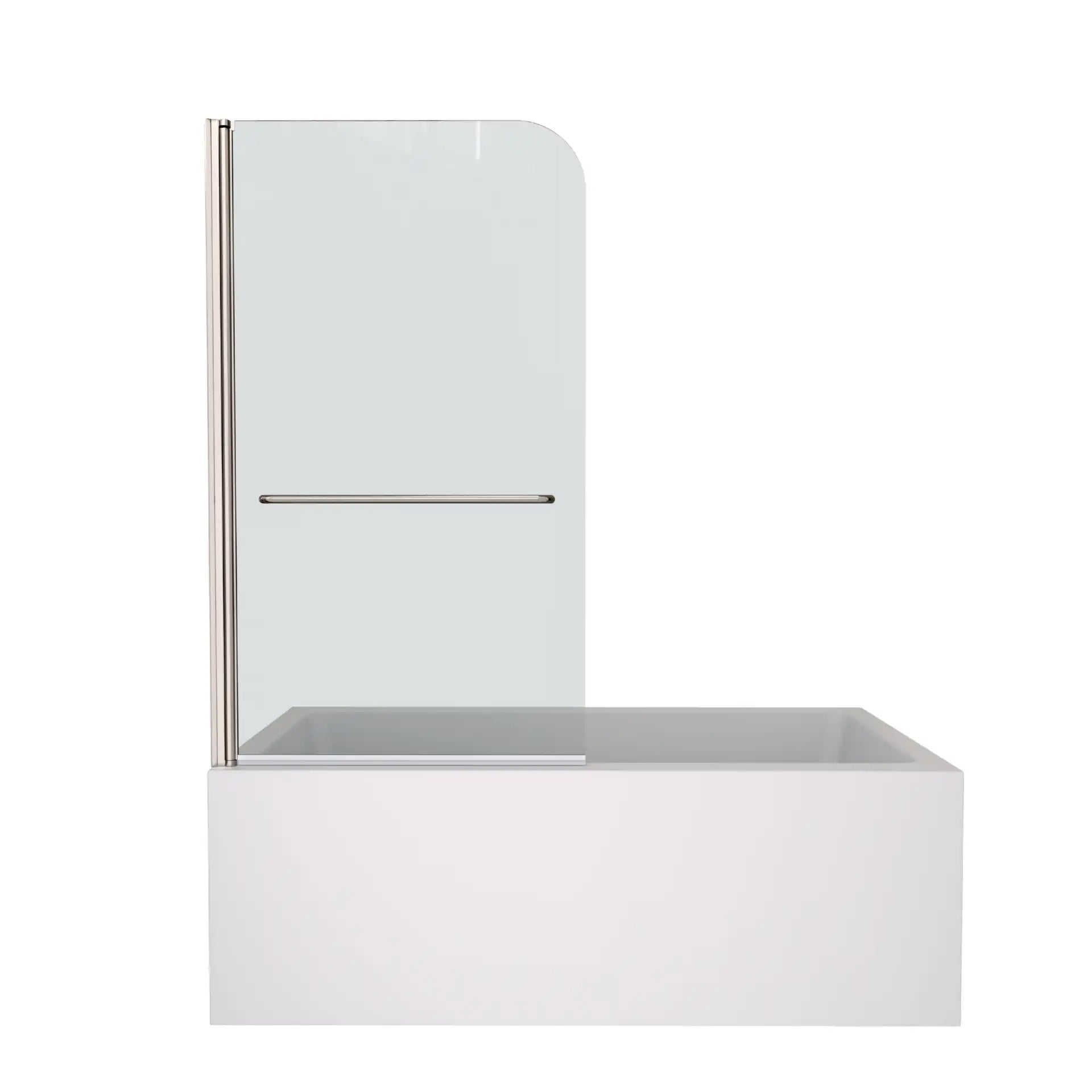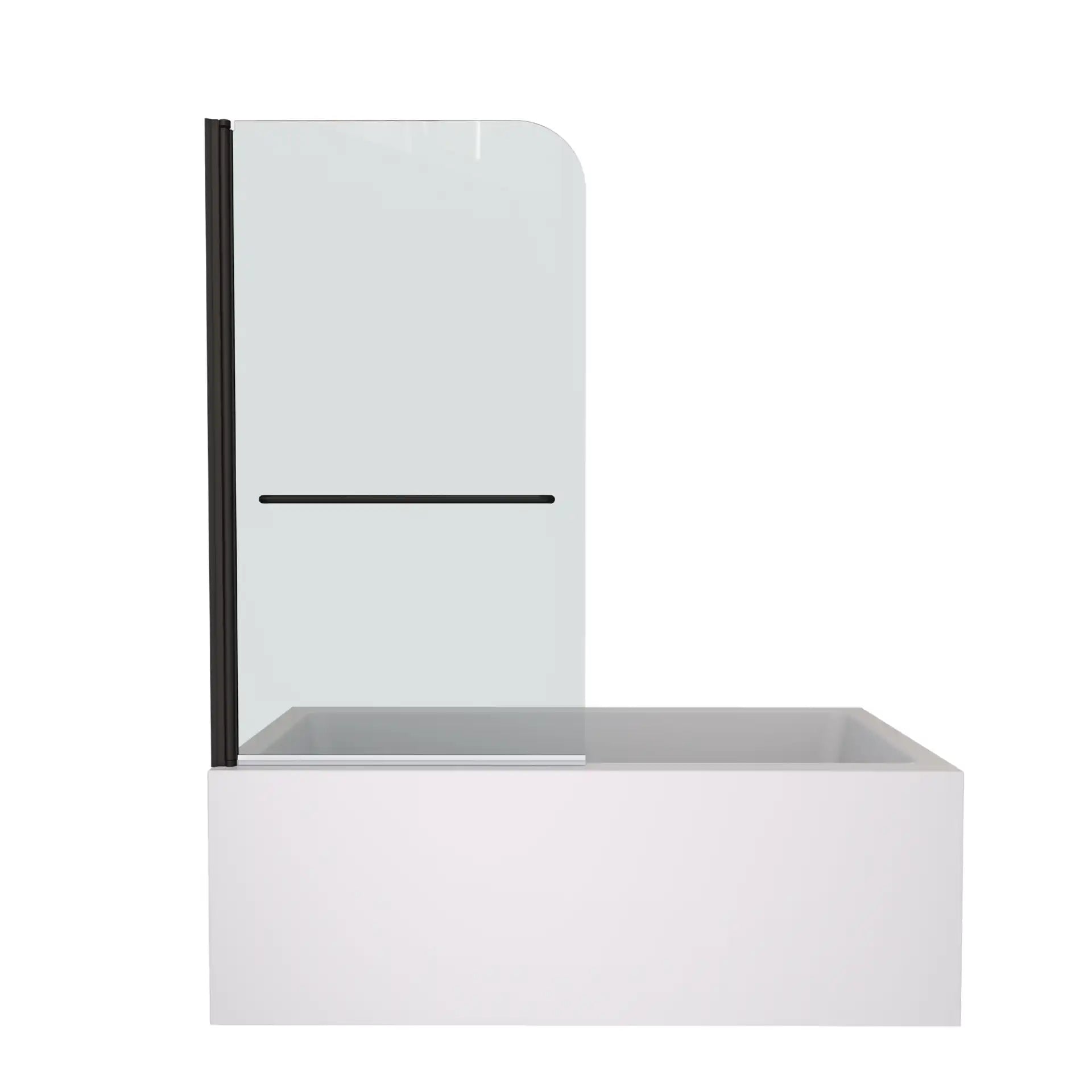Table of Contents
- How Important Is It to Remove Tub Stopper?
- Common Types of Bathtub Stoppers
- Step-by-Step: How to Remove Tub Stopper
- Practical Tips for Easier Disassembly
- How to Keep Your Bathtub Safer and More Durable
- Conclusion
- FAQ
Introduction
When you’re filling up the bathtub, you might not pay much attention to that little tub stopper. But according to a 2022 survey by HomeAdvisor, over 38% of clogged drains are caused by a bathtub stopper that hasn’t been cleaned for a long time. What’s less known is that an old or loose stopper not only affects drainage but can also become a breeding ground for bacteria. Even more surprisingly, some homebuyers have admitted they use small issues like a stuck stopper to negotiate a lower resale price.
That’s why it’s worth learning how to remove tub stopper properly. Knowing how to handle this small task isn’t only about getting rid of hair and soap scum—it’s about improving hygiene, saving money, conserving water, and even protecting your home’s long-term value.
How Important Is It to Remove Tub Stopper?

When many homeowners face a clogged drain, their first thought is to call a plumber. But a plumber’s visit for a simple stopper issue costs between $150 and $300 (HomeAdvisor, 2023). By comparison, taking ten minutes to remove tub stopper yourself usually costs less than $5.
- Health and Hygiene: A University of Michigan study shows that the moist rubber ring of a tub stopper creates the perfect environment for mold growth, which can affect respiratory health. Regularly taking the time to remove tub stopper helps keep your bathroom healthier.
- Save Money: Instead of giving the plumber your weekend budget, you can keep that money for your next family barbecue.
- Home Value: Zillow’s 2022 data shows that bathroom upgrades can raise a home’s selling price by 3% to 5%. A malfunctioning stopper might give buyers an excuse to negotiate downward.
- Water Conservation: A leaky tub drain stopper may waste up to 1,500 gallons of water per year—the equivalent of a week’s water use for a family.
- DIY Satisfaction: Many homeowners love the accomplishment of a DIY plumbing fix. Successfully managing to remove tub stopper feels like a small but rewarding victory.
Common Types of Bathtub Stoppers
Not all stoppers are the same, and knowing your type makes it easier to remove tub stopper without hassle. The three most common are:
- Lift-and-Turn Stopper: Operates by lifting and twisting.
- Toe-Touch Stopper: Opened and closed with a simple press of the toe.
- Trip Lever Stopper: Controlled by a side lever with an internal rod and chain.
Other types such as Push-and-Pull and Flip-It are less common, but the method to remove tub stopper is similar in principle.
Step-by-Step: How to Remove Tub Stopper

Lift-and-Turn Stopper
This type of stopper is simple to handle. Follow these steps to remove tub stopper easily:
Be gentle when you remove tub stopper, because too much force can strip the threads.

Toe-Touch Stopper
This spring-based design is convenient, but often accumulates scale. Here’s how to remove tub stopper:
After you remove tub stopper, rinse the spring mechanism with hot water to clear buildup.

Trip Lever Stopper
This style connects to a lever and rod inside the tub. To remove tub stopper, follow these steps:
A California homeowner said his trip lever stopper had been stuck for years. A plumber quoted $250, but he managed to remove tub stopper himself in 15 minutes, saving hundreds.
Practical Tips for Easier Disassembly
- Tools: You don’t need a full toolbox. A screwdriver, pliers, and gloves are enough. If you don’t have a screwdriver, even a coin can help you remove tub stopper in a pinch.
- Keep Small Parts Organized: Store screws and washers in a small box to avoid losing them.
- Check the Seal Ring: Replace if it’s cracked or blackened. A $5 replacement can prevent leaks after you remove tub stopper.
- Eco-Friendly Cleaning: Once you remove tub stopper, rinse with hot water, then use baking soda and vinegar. This natural method clears odors and prevents buildup.
How to Keep Your Bathtub Safer and More Durable

Maintaining your tub doesn’t end once you remove tub stopper. Ongoing care prevents bigger problems:
- Avoid Excessive Force: Old cast-iron bathtubs can have fragile enamel surfaces.
- Regular Inspections: Every 3–6 months, remove tub stopper and clean the drain.
- Watch for Safety Hazards: Loose or broken stoppers may have sharp edges that can cut skin.
- Upgrade Smartly: Choose stainless steel or anti-fingerprint stoppers. According to Houzz’s 2023 Bathroom Design Report, 52% of homeowners replace hardware during renovations, but the stopper is often overlooked.
Conclusion
Mastering how to remove tub stopper gives you more than a clog-free bath. You’ll reduce bacteria risks, avoid paying hundreds in plumbing fees, conserve water, and even protect your home’s value.
Whether for health, savings, or long-term property care, taking the time to remove tub stopper is a small step with a big payoff.
If you’re ready to go further, consider upgrading your stopper. Our stainless-steel anti-rust models are modern, durable, and easy to clean—making your next attempt to remove tub stopper even smoother. Click to explore and give your bathroom an upgrade that pays off.
FAQ
1. Will removing the tub stopper void my bathtub warranty?
In most cases, no. But if your bathtub is still under warranty, always check the manual first.
2. How often should I remove tub stopper for cleaning?
Every 3–6 months is recommended. Regularly choosing to remove tub stopper prevents buildup before it becomes a clog.
3. How often should the stopper itself be replaced?
If the seal is worn or leaking, replace it. On average, check every 3–5 years.
4. What if the screw is rusted and won’t move?
Spray WD-40, wait a few minutes, and then try to unscrew it. This often helps when you remove tub stopper.
5. Can I upgrade the drainpipe when I remove tub stopper?
Yes. In fact, removing the stopper is the perfect opportunity to inspect and upgrade old drain components.
6. What if I don’t have professional tools?
No problem. A coin or butter knife can work as a temporary screwdriver when you need to remove tub stopper quickly.
Related Articles:
Heavy, Glossy, Timeless: The Secret Life of Porcelain Freestanding Tubs
10 Unique Bathtubs That Transform Your Bathroom into a Personal Oasis
The Complete Guide to Choosing the Best 2 Person Jacuzzi Bathtub for Your Home


